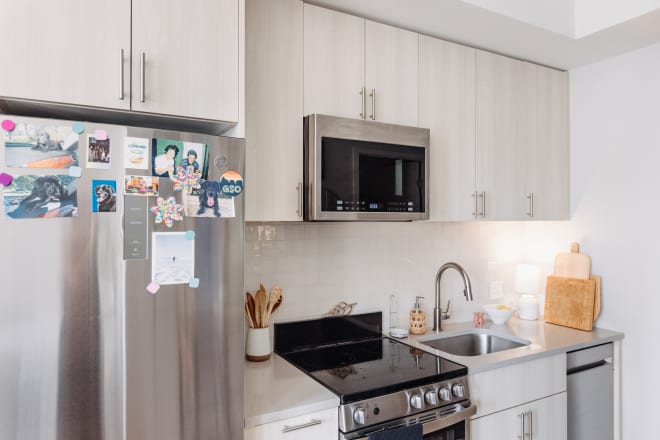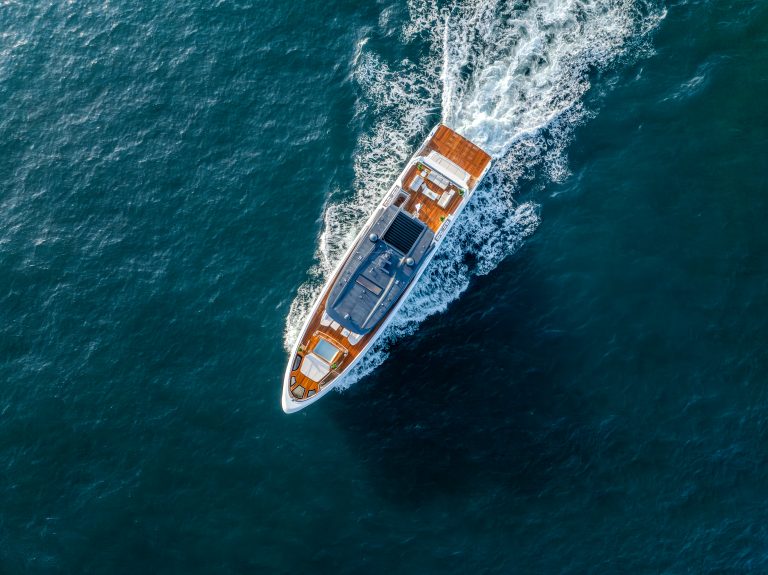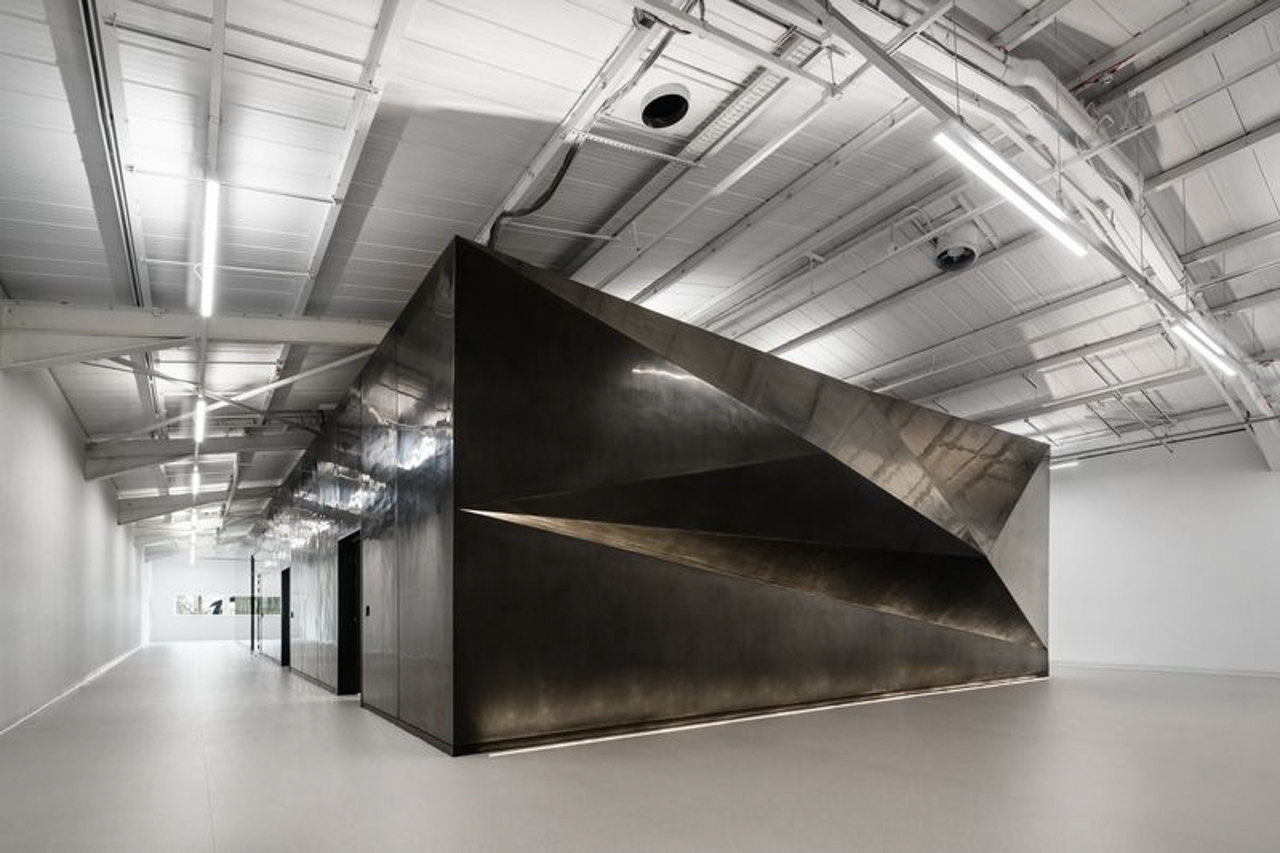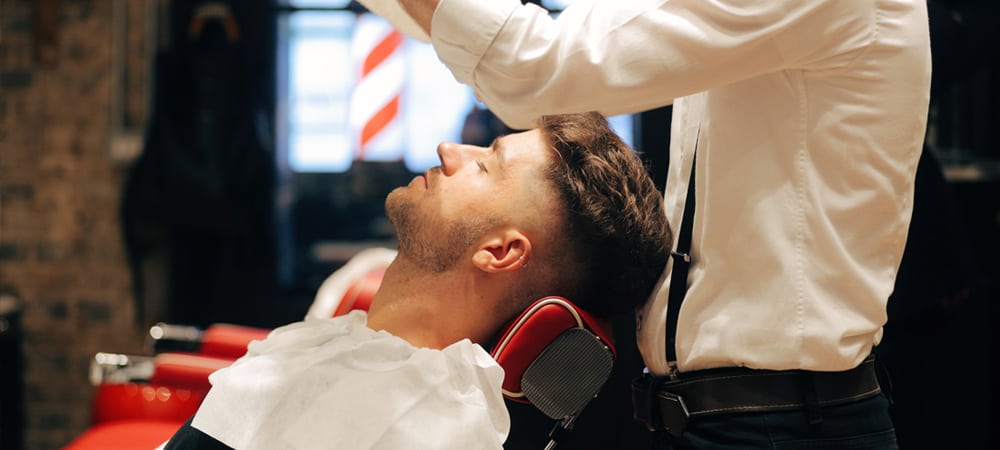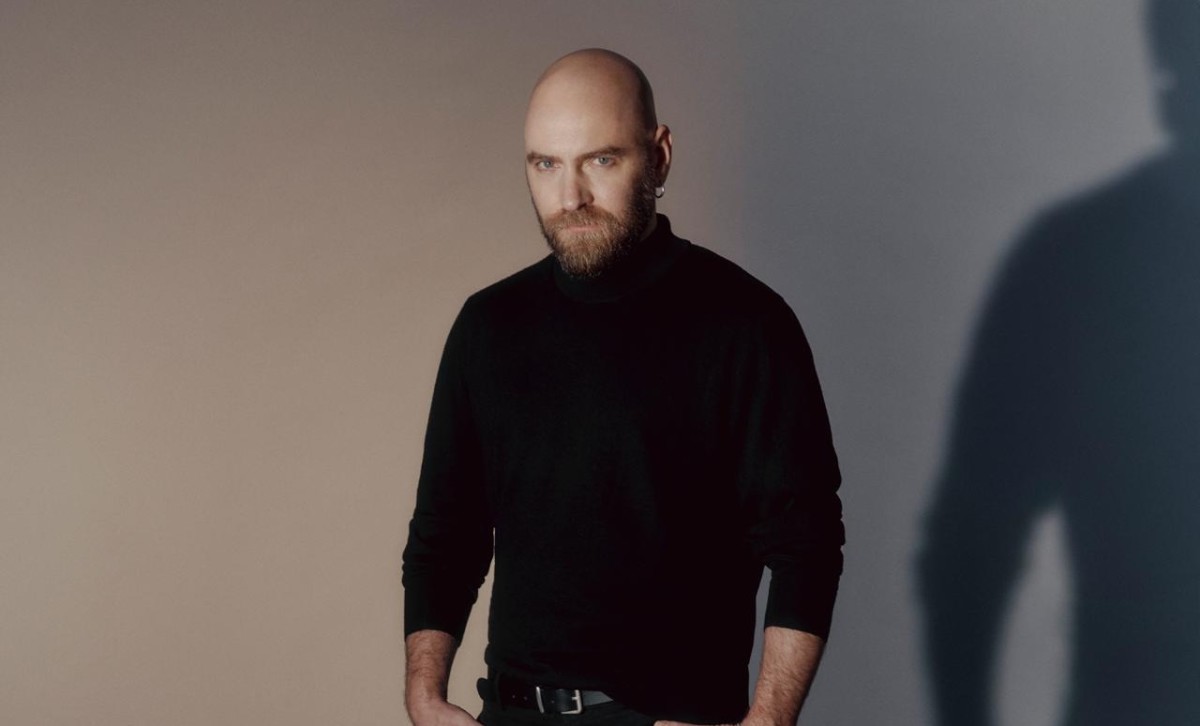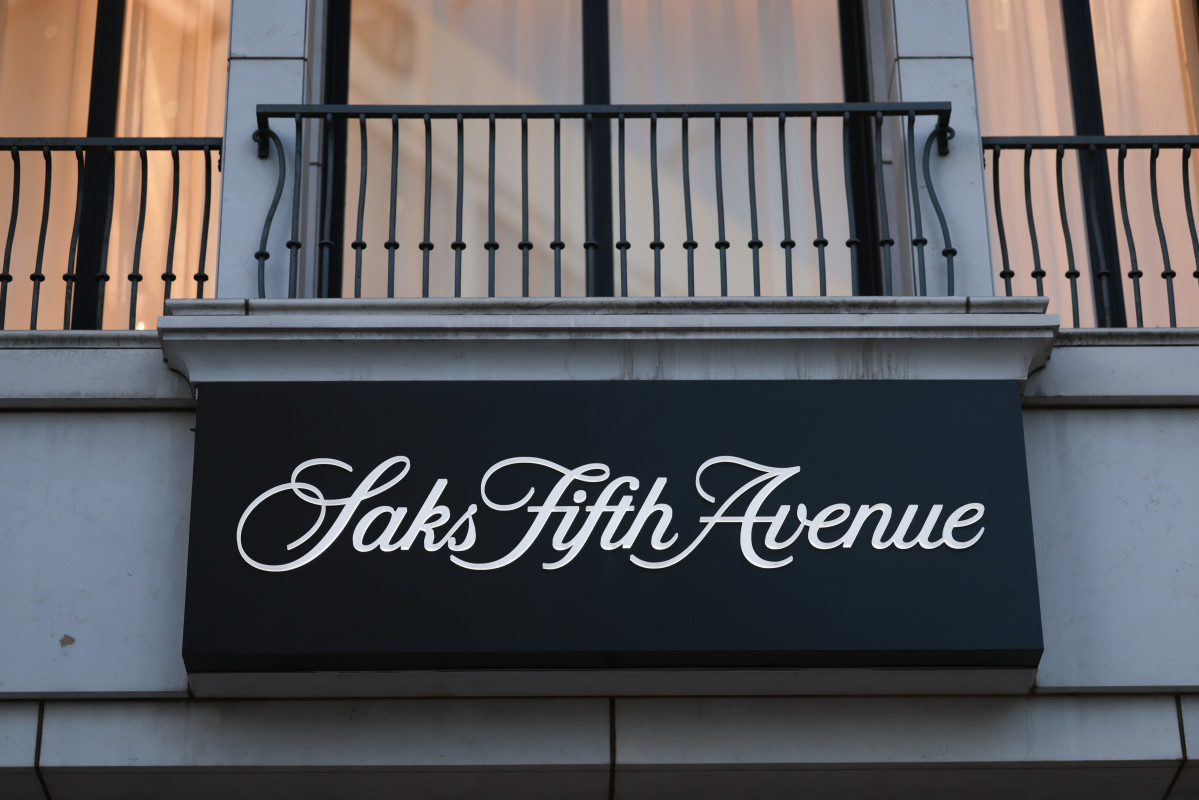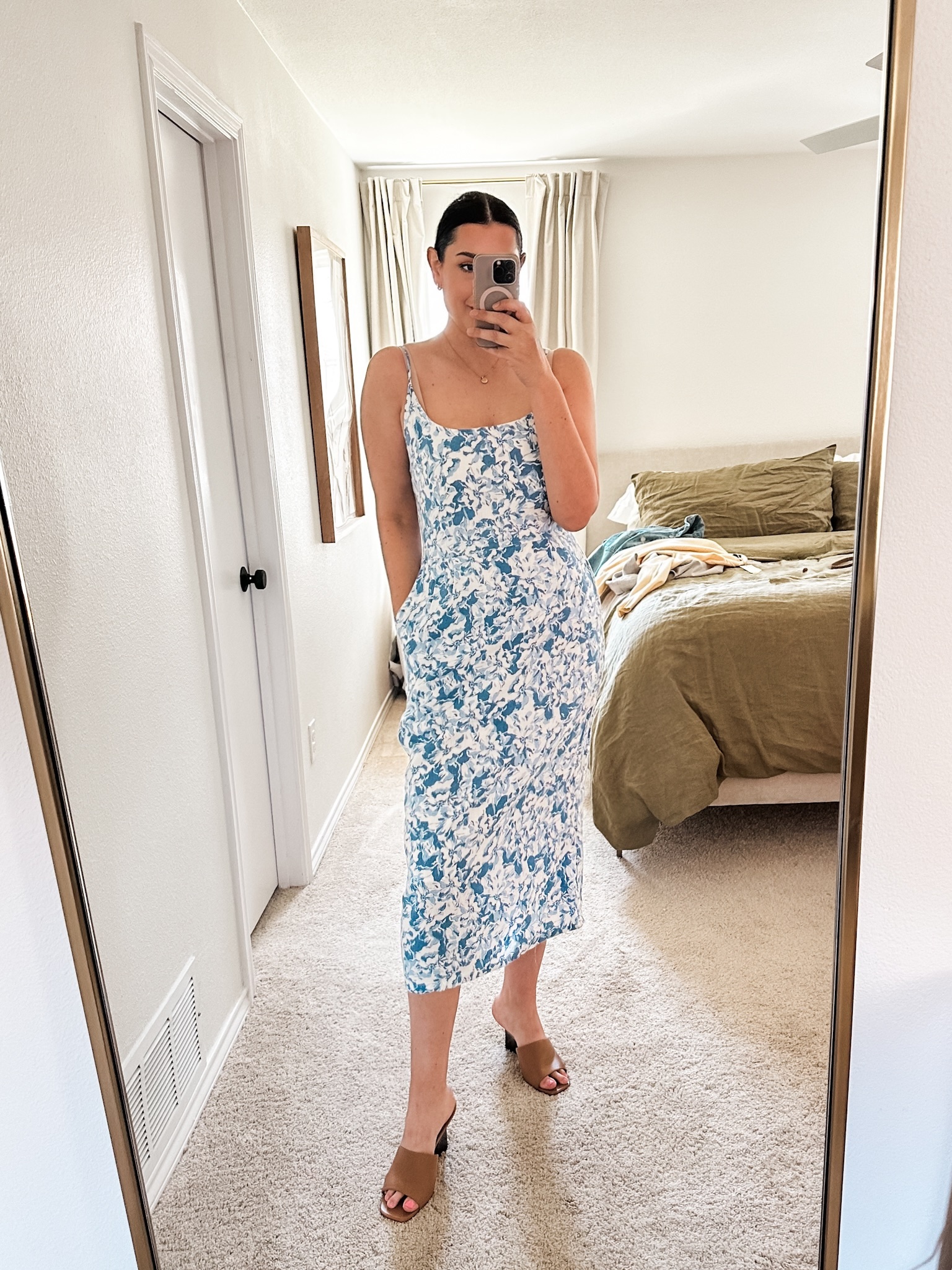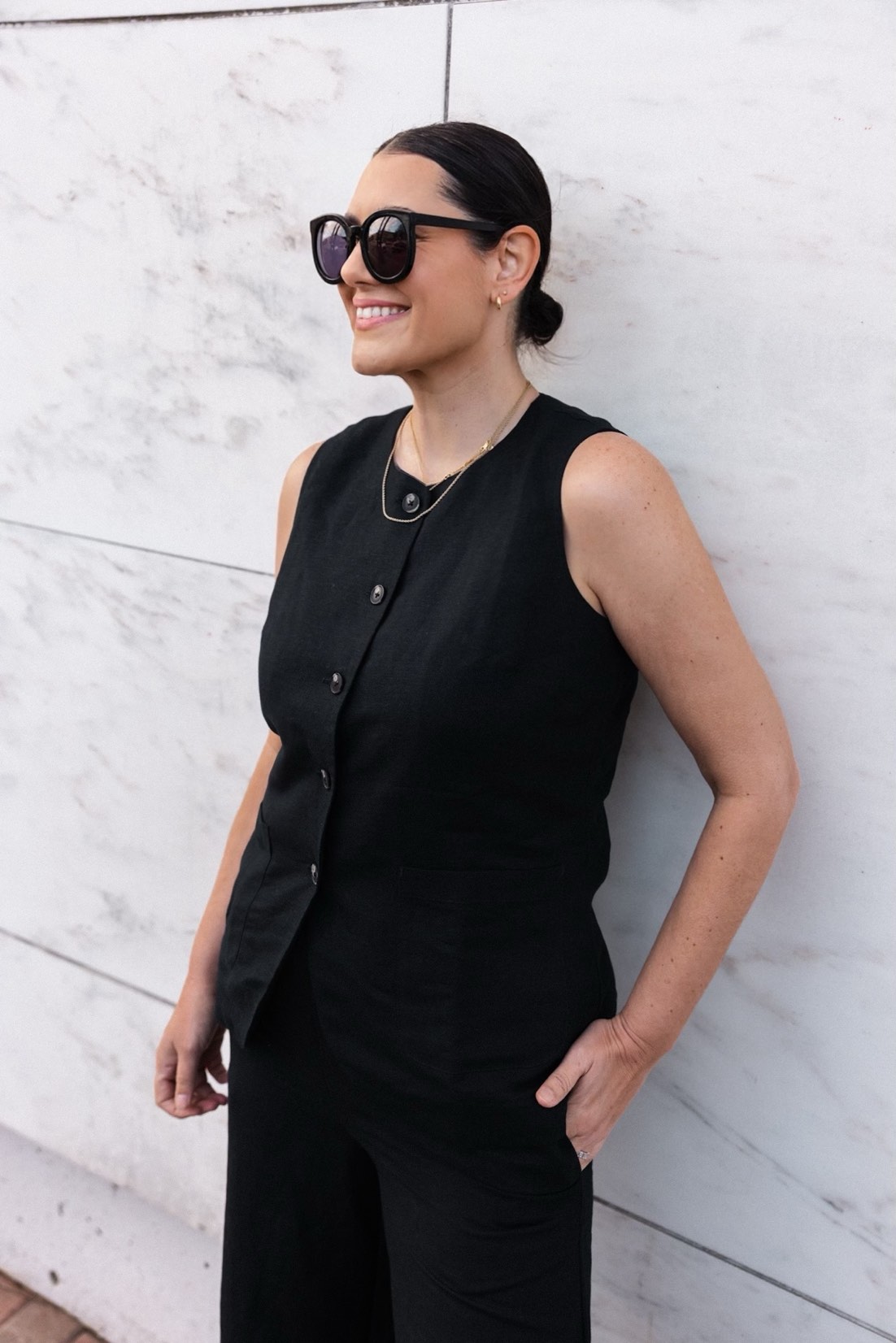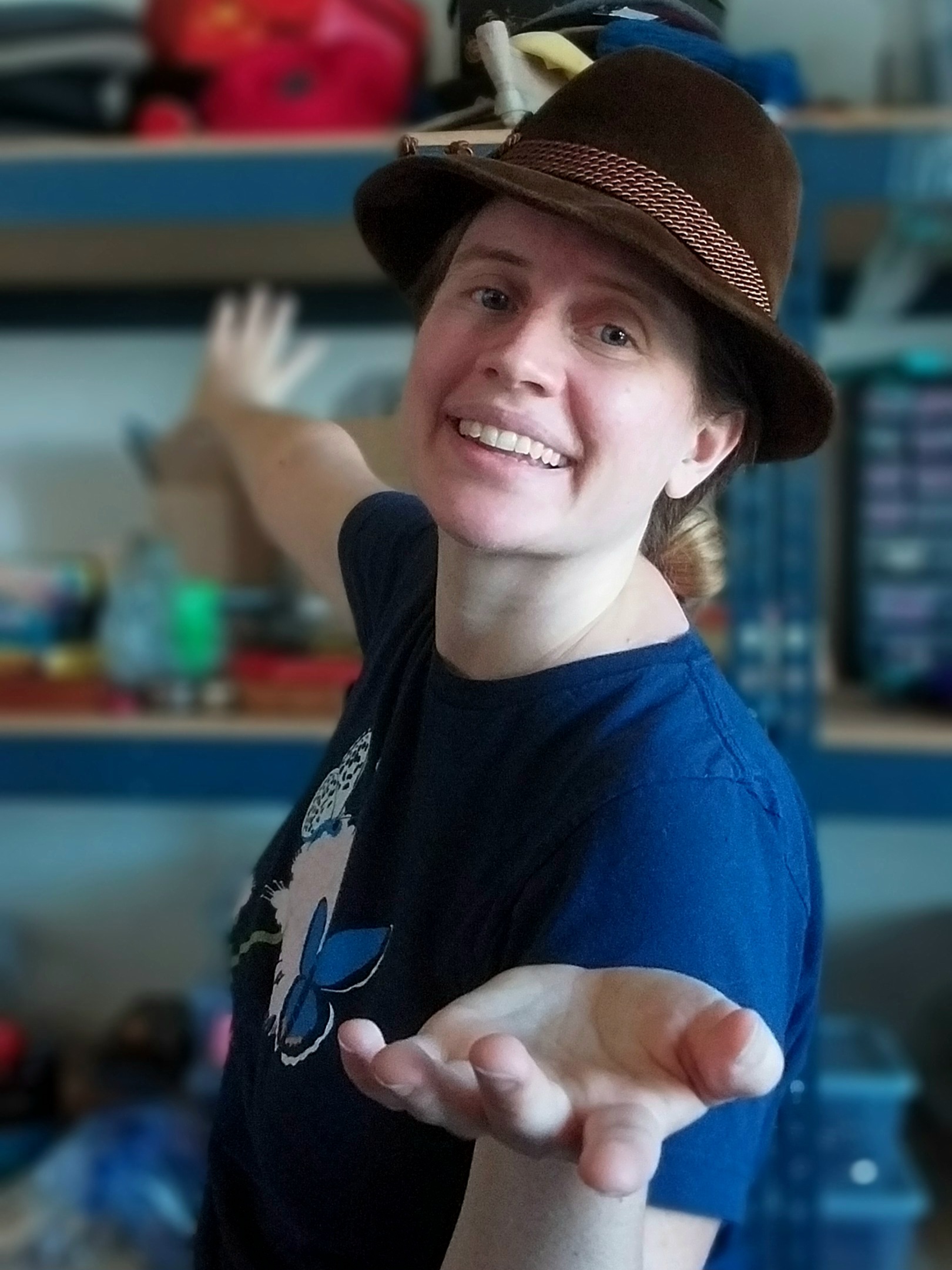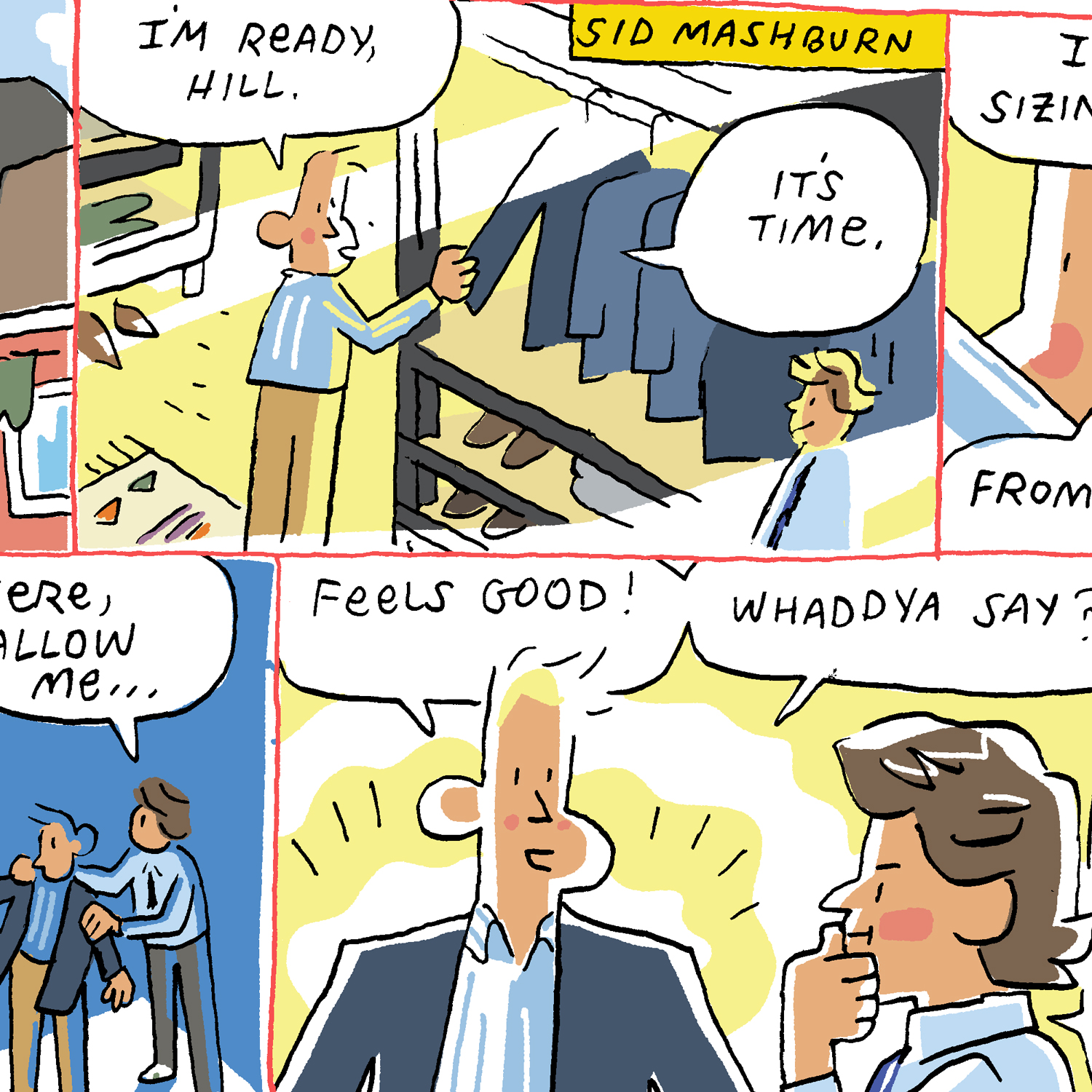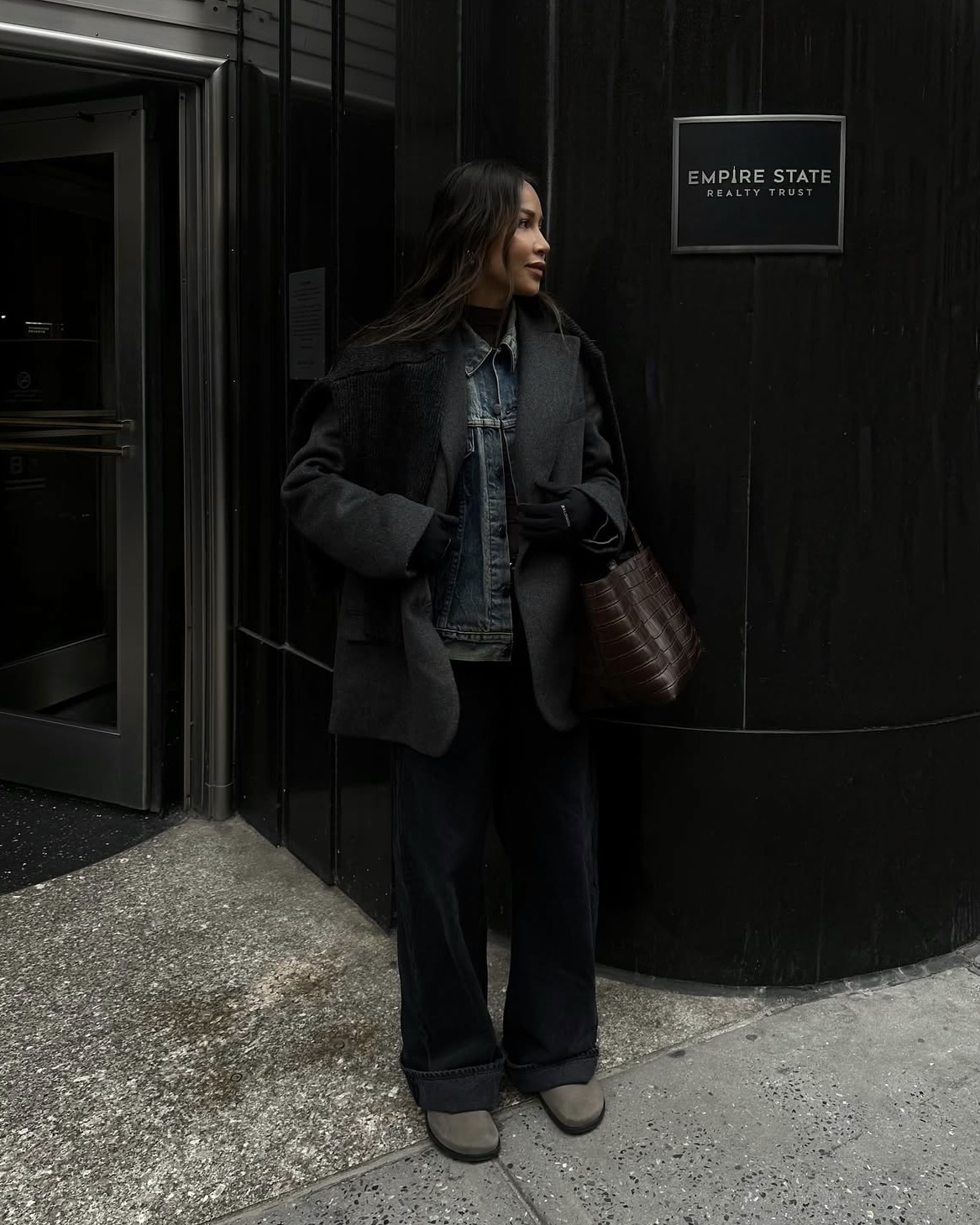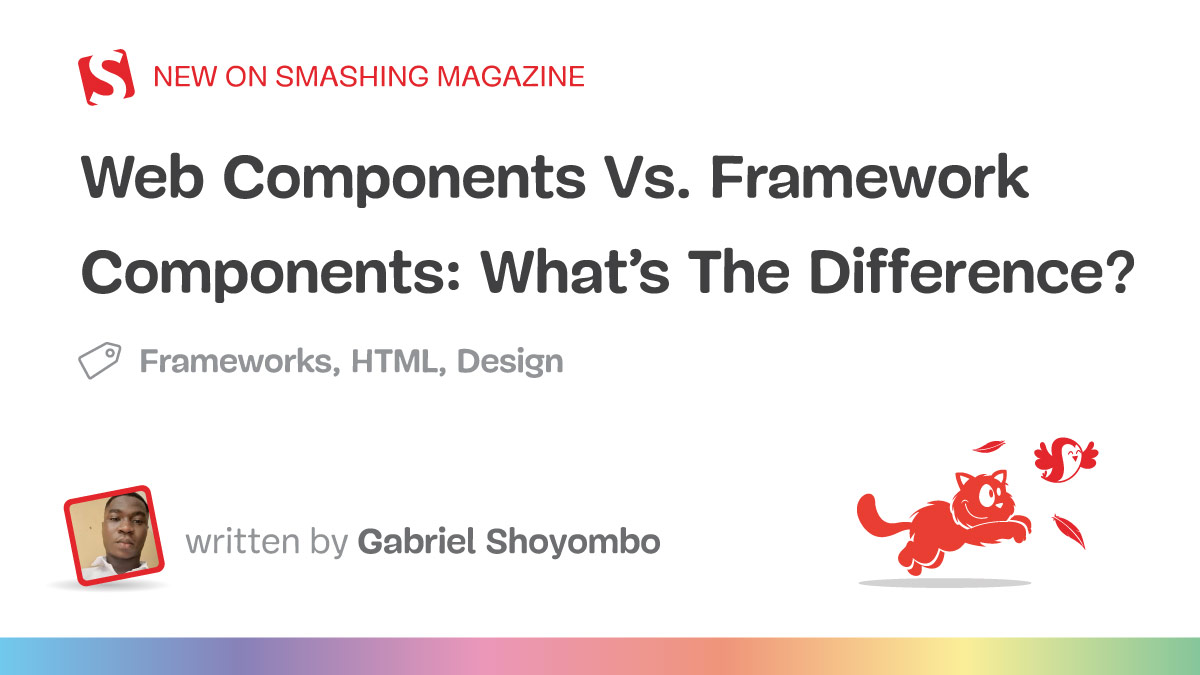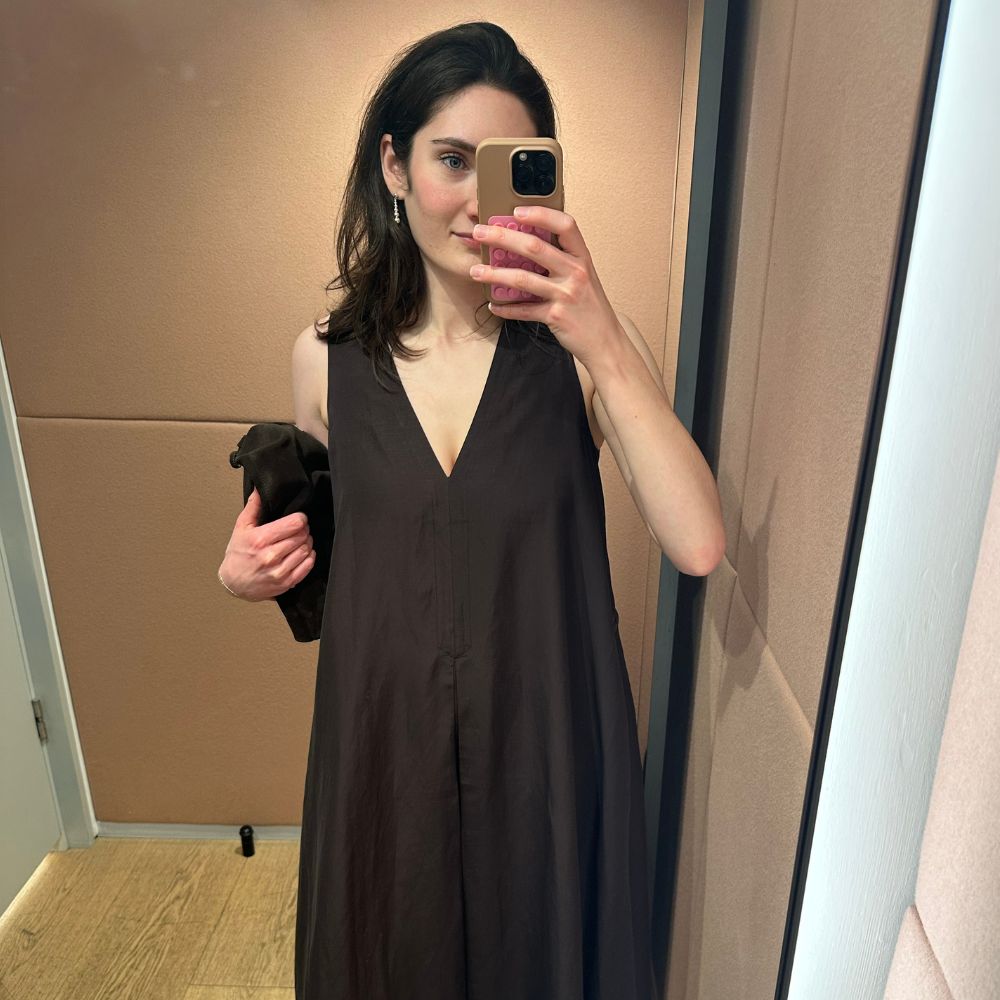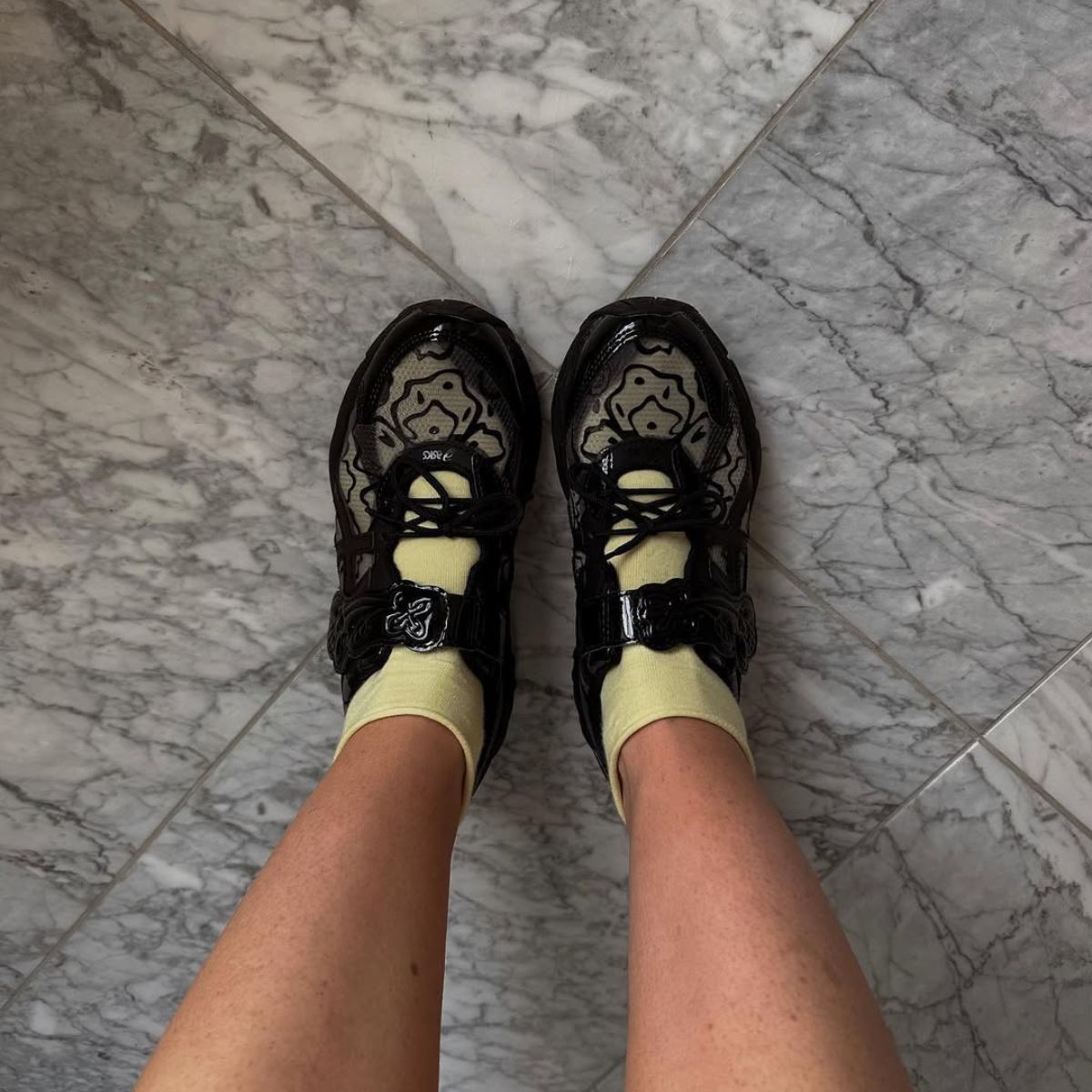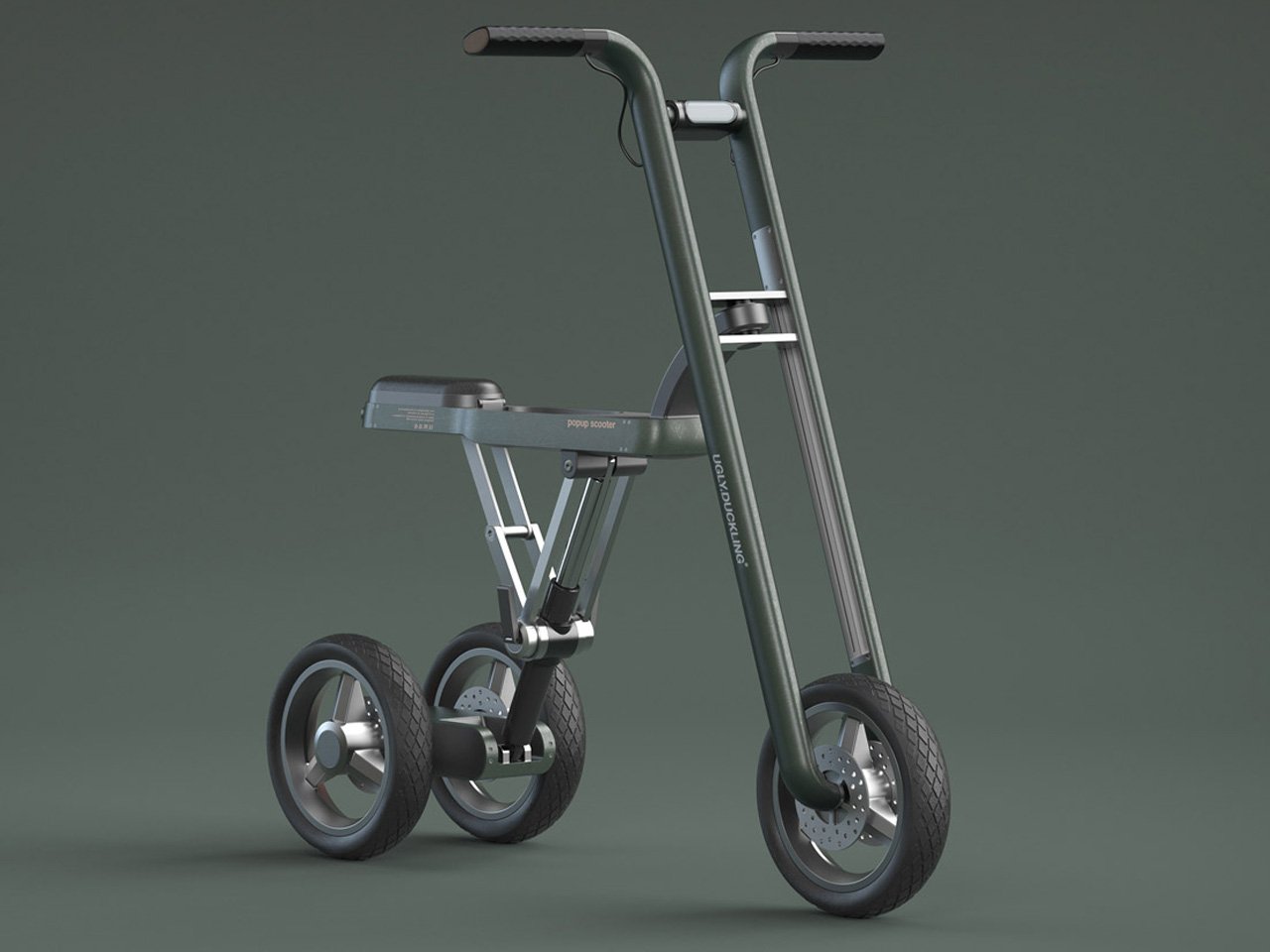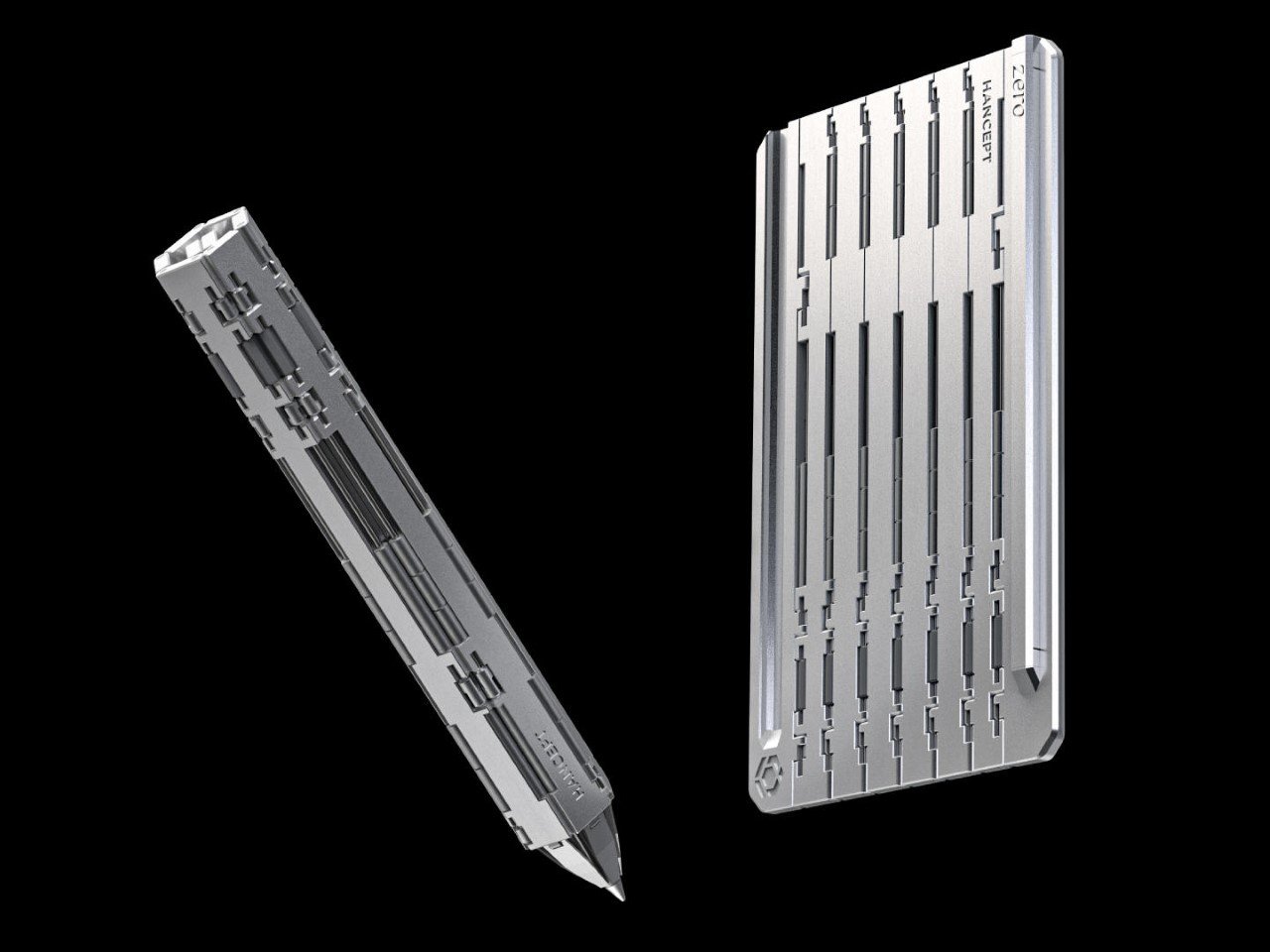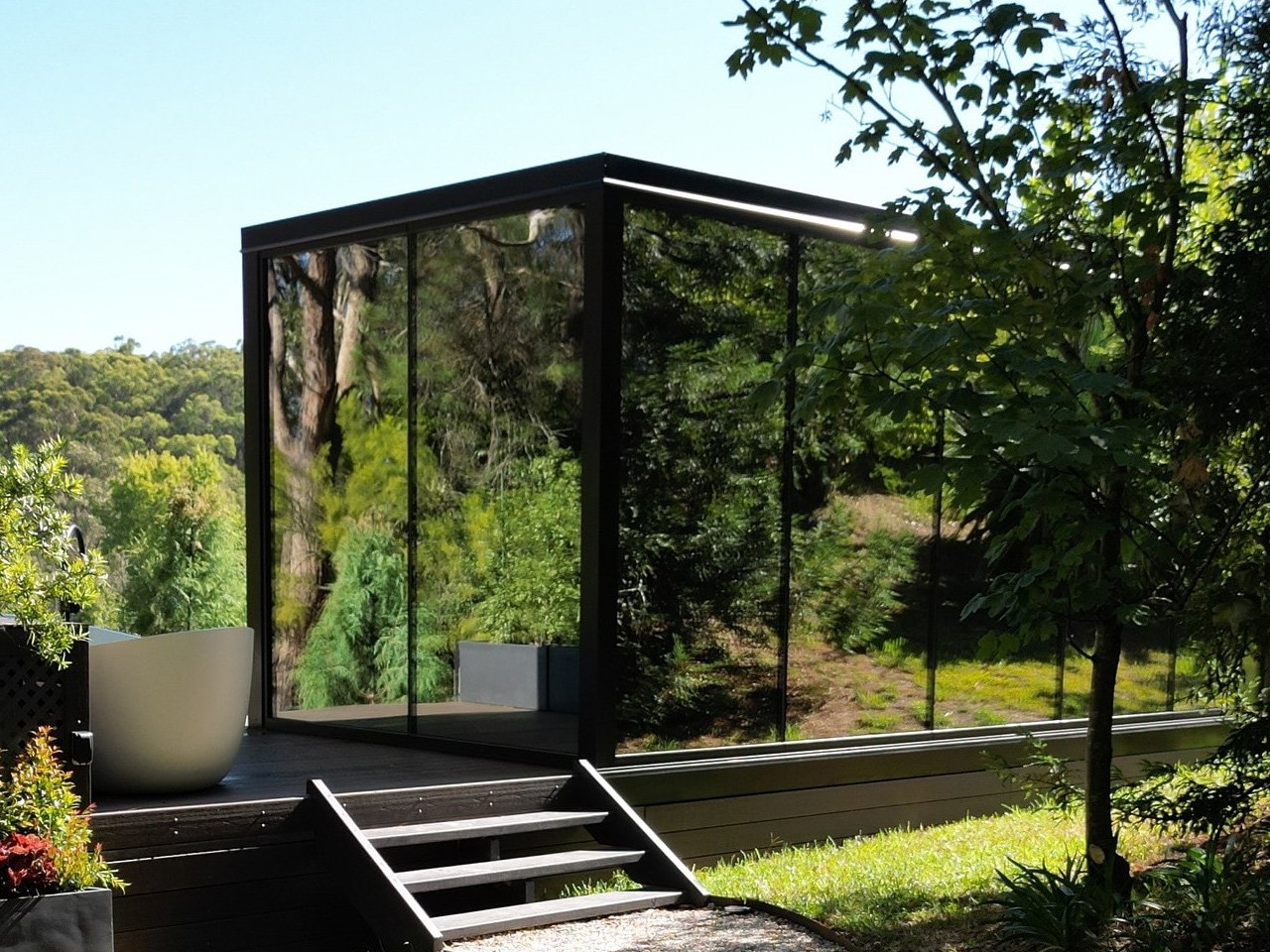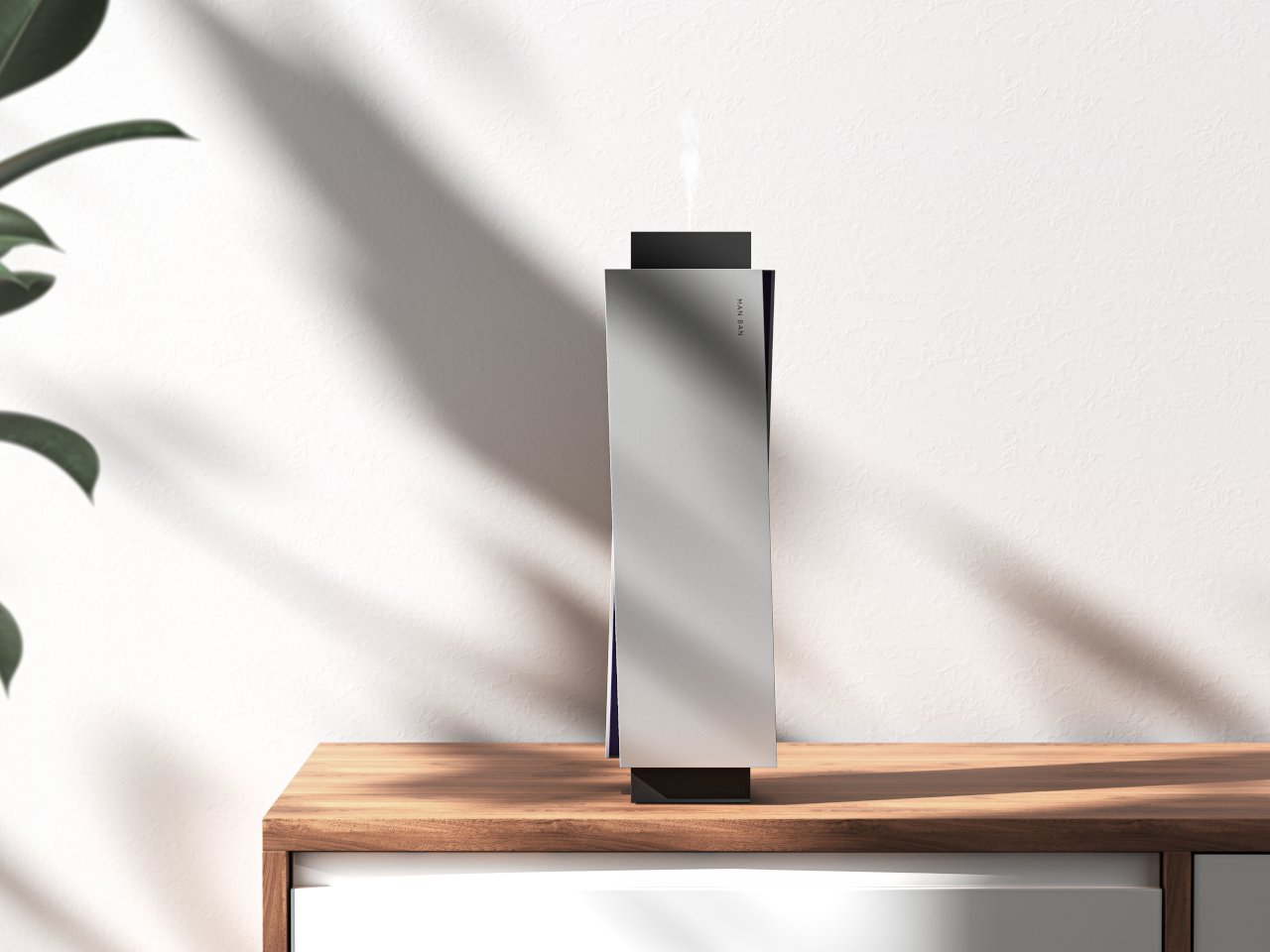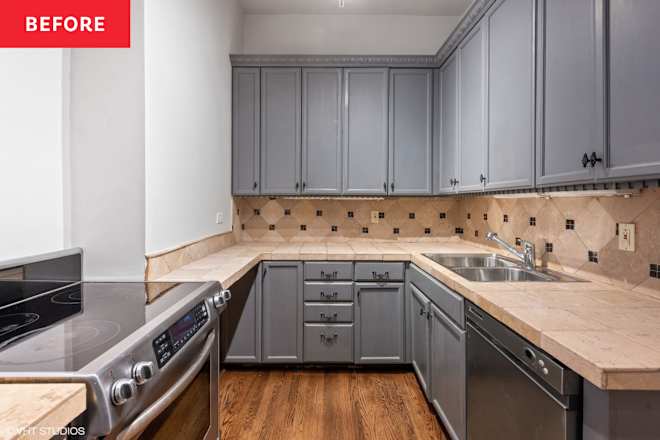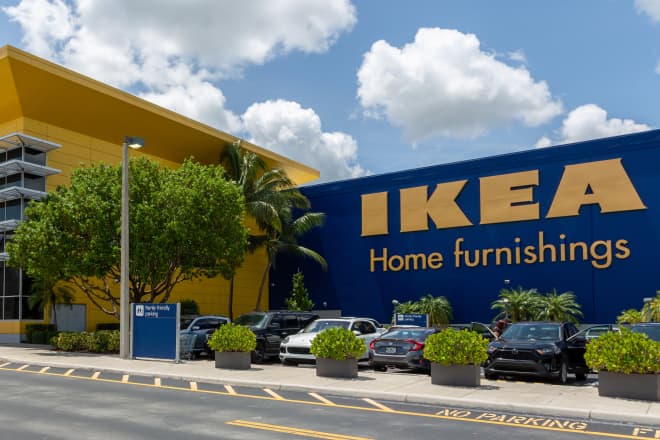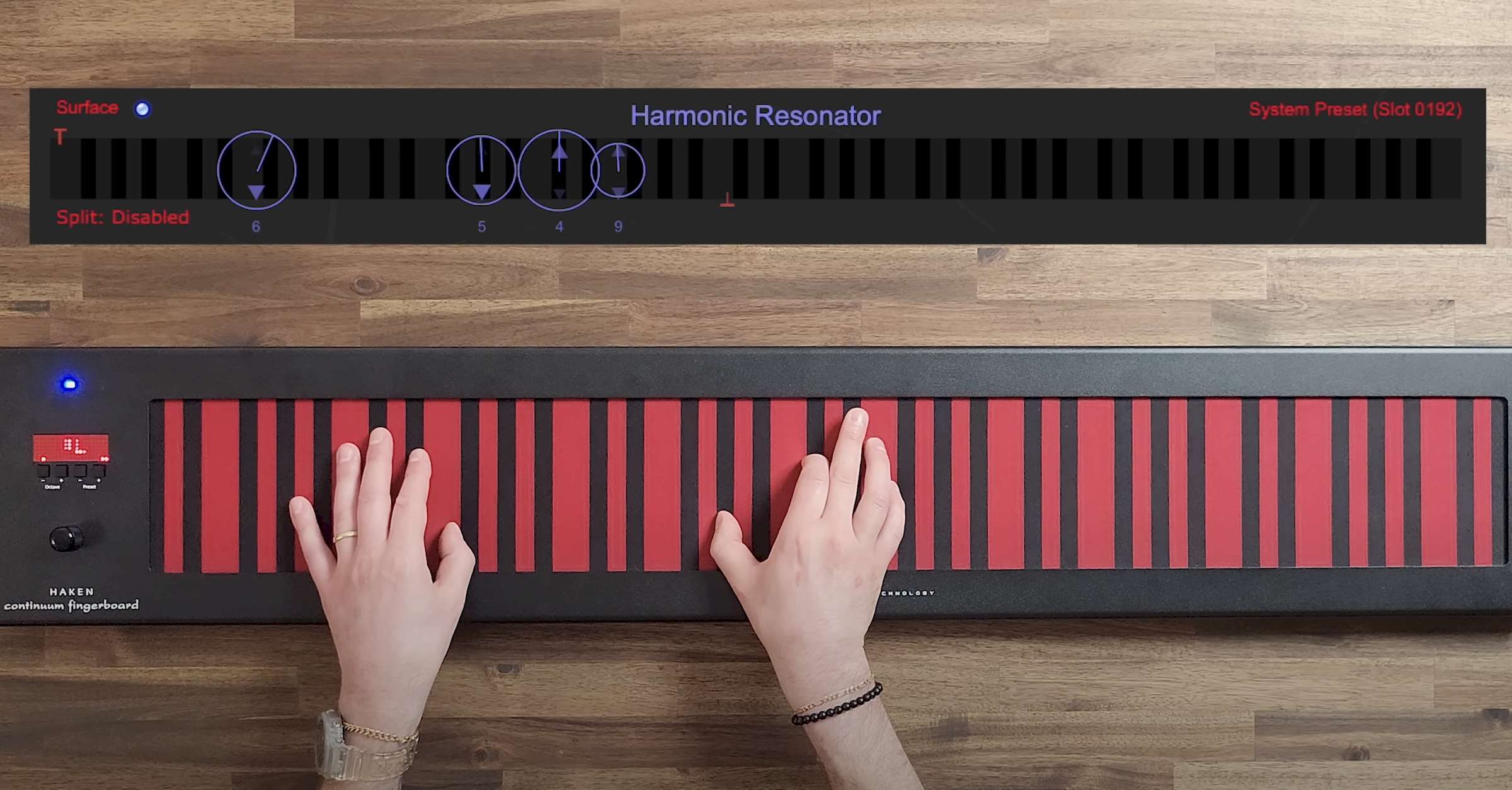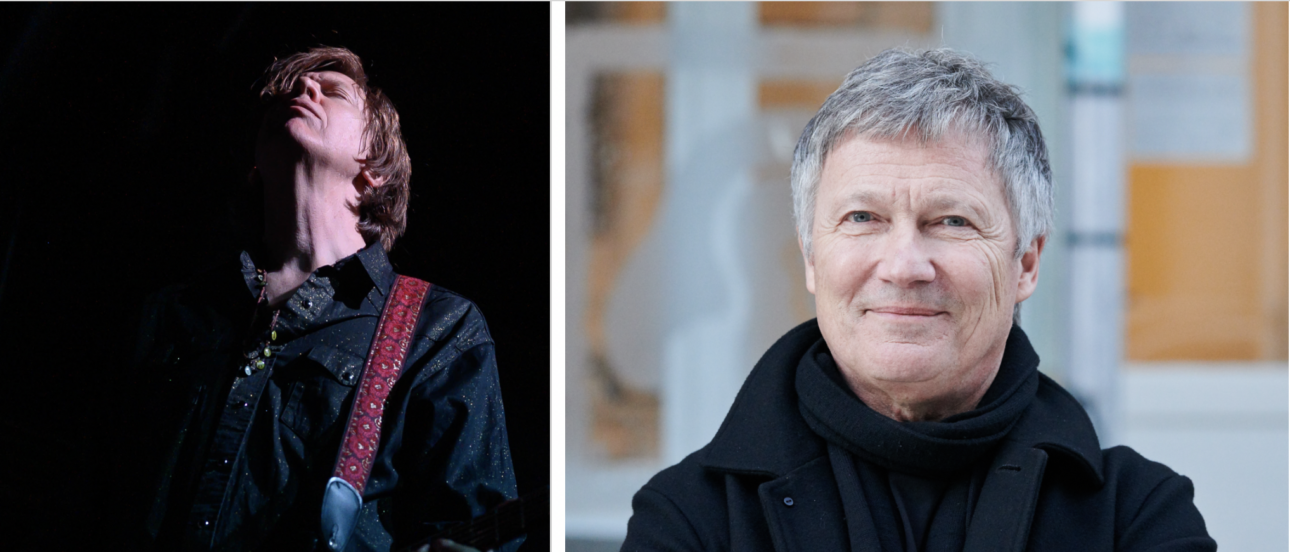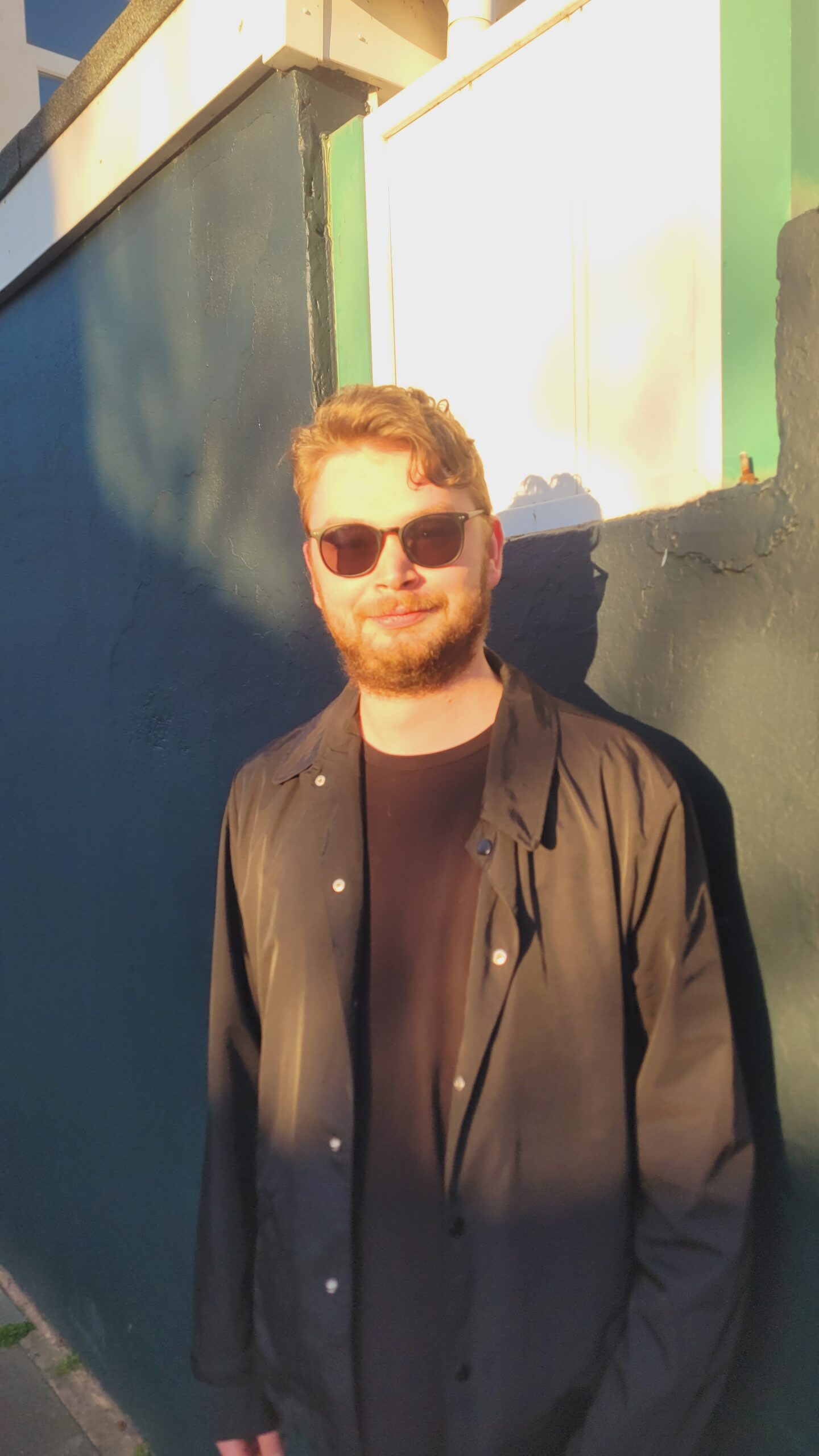#PaxEx Podcast: SES’s Andrew Ruszkowski talks Open Orbits
Welcome to the #PaxEx Podcast, which tracks the evolution of the airline passenger experience and aviation’s sustainability initiatives. We’re pleased to share our interview with SES global head of aviation Andrew Ruszkowski (full recording below). He tells us about the momentum behind the Ka-band multi-orbit MEO/GEO SES Open Orbits ecosystem and the potential for evolving... The post #PaxEx Podcast: SES’s Andrew Ruszkowski talks Open Orbits appeared first on Runway Girl.
 Welcome to the #PaxEx Podcast, which tracks the evolution of the airline passenger experience and aviation’s sustainability initiatives. We’re pleased to share our interview with SES global head of aviation Andrew Ruszkowski (full recording below).
Welcome to the #PaxEx Podcast, which tracks the evolution of the airline passenger experience and aviation’s sustainability initiatives. We’re pleased to share our interview with SES global head of aviation Andrew Ruszkowski (full recording below).
He tells us about the momentum behind the Ka-band multi-orbit MEO/GEO SES Open Orbits ecosystem and the potential for evolving it to include a LEO component in the future, as well as SES’s expectations for its value added resellers (VARs), what passengers can expect from MEO/GEO satellite-powered inflight connectivity, and why SES is taking a more aggressive approach including in the fast-growing aero market.
Within SES Open Orbits, explained Ruszkowski, SES has a variety of partners: “we have infrastructure partners; we’re bringing spacecraft to build out the global roaming network; we have hardware partners, everything from the OEMs who are building the aircraft and configuring them to work with standards, terminal partners and software partners.” But the connectivity service providers (CSPs) or the VARs are “in some ways the most important in a sense because they’re the experts who know how to meet the airlines’ expectations about how they want to present that service to their passengers. And yes, we absolutely expect that those CSPs are bringing real value to the airline, to the passenger in fact.”
Yet, whether SES, as a managed service provider, contracts directly with an airline or not (or if the relationship is forged between the CSP and the airline), SES tries to put itself in the shoes of the airline as they think about how to serve their passengers. “And so, we bring a direct mentality. We want to enable them with the insights into how their passengers are behaving so they can build better services and be accountable to their passengers. We want to enable the touch and the feel that the airline wants to present their customers with,” said the SES executive.
SES Open Orbits is a fully interoperable Ka-band platform that combines the GEO and MEO satellite networks of SES. Serving as CSPs are NEO Space Group (NSG), a subsidiary of Saudi Arabia’s Public Investment Fund (PIF) which has already secured multiple customers for the service, and AeroSat Link (ASL), a subsidiary of China Satcom. Hughes Communications India (HCI) is also a member of SES Open Orbits. But additional partnerships, including CSPs, will be announced in time, and SES may ultimately include a LEO component, though it’s not necessary today, said Ruszkowski.
“When we built SES Open Orbits, we built it to be flexible and by definition to be open architecture. So we’re building it to evolve, we’re building it to incorporate new technology. And among that we’re building it to incorporate new orbits if we see the need to do that,” he said.
“It’s interesting to note that the ThinKom Ka2517 terminal,” the popular agnostic VICTS antenna hardware which SES Open Orbits adopted to support Ka-band IFC, “is capable of three orbits. And so, a natural addition of, let’s say a LEO Ka-band orbit could be pretty straightforward. We don’t see the need to do that today. What we do know for sure is multi-orbit is essential, GEO/MEO for SES, who knows where it goes in the future. But today the value proposition that we’re bringing — the market that we’re backing — are very well served by the GEO and the MEO.”
He continued, “I can envision in the future, if you think about our long-term roadmap, a more dynamic use of orbits and we’re making investments to see this come about. And what I envision is a world where orbits and the bandwidth that comes from those orbits is targeted at specific applications on the aircraft. That’s now a dynamic system enabled by the kinds of partnerships like in Quvia that we have, about really sophisticated orchestration of resources. And that’s where the passenger experience starts to feel like really an at-home experience and we’re able to do that kind of dynamic orchestration.”
Music license: Adventurous Life by L-Ray Music, PremiumBeat by Shutterstock
The post #PaxEx Podcast: SES’s Andrew Ruszkowski talks Open Orbits appeared first on Runway Girl.




![Tubi’s ‘Ex Door Neighbor’ Cleverly Plays on Expectations [Review]](https://bloody-disgusting.com/wp-content/uploads/2025/03/Ex-Door-Neighbor-2025.jpeg)
![Uncovering the True Villains of Gore Verbinski’s ‘The Ring’ [The Lady Killers Podcast]](https://bloody-disgusting.com/wp-content/uploads/2025/03/Screenshot-2025-03-27-at-8.00.32-AM.png)













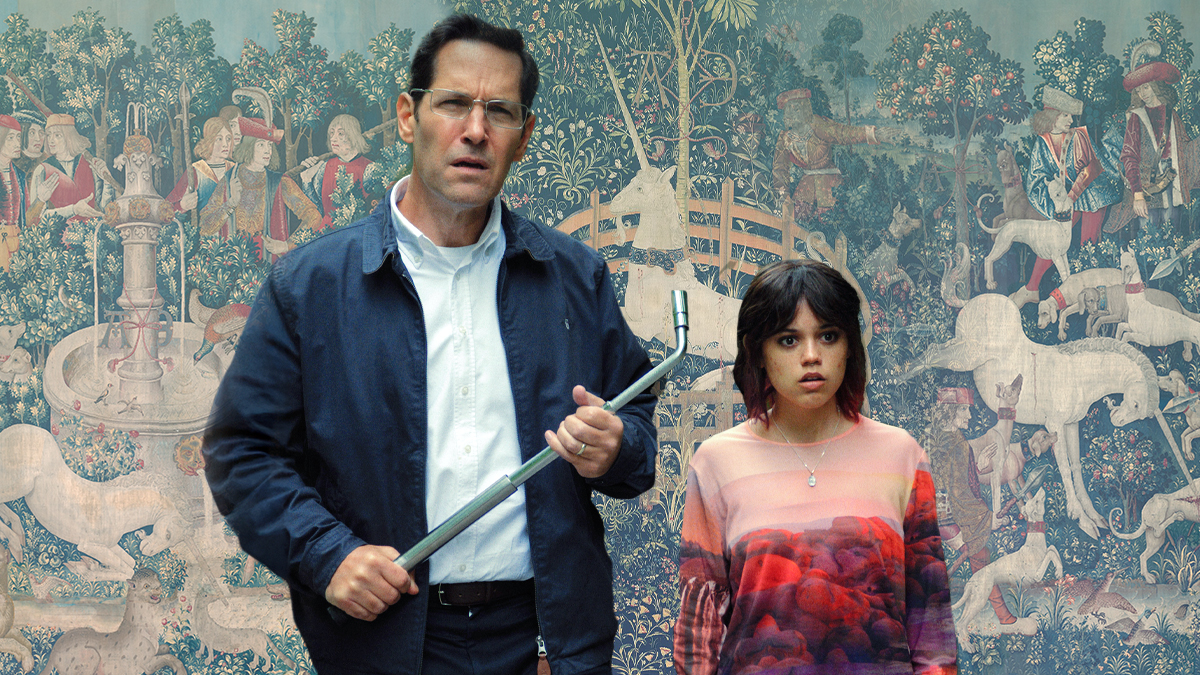


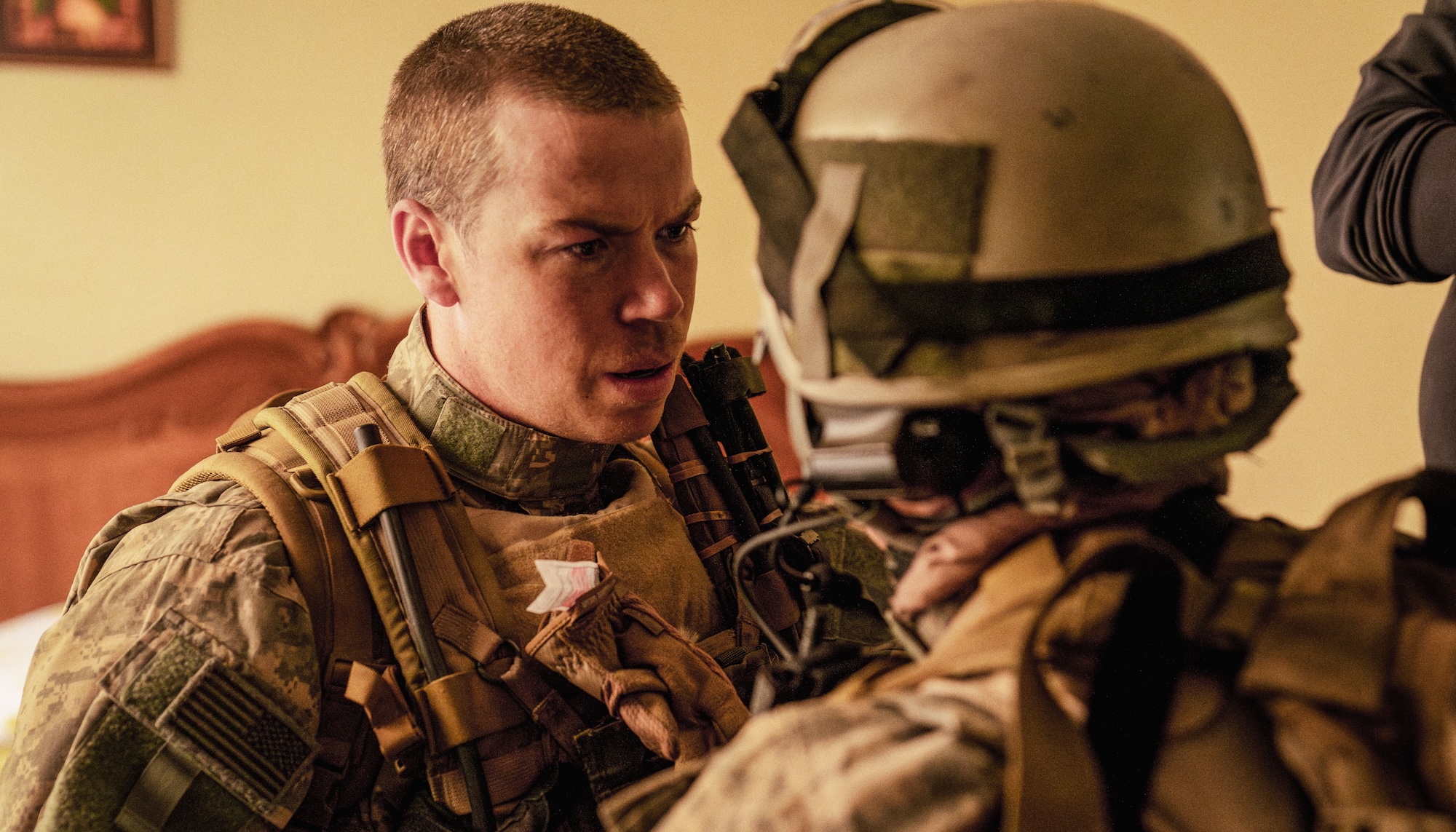











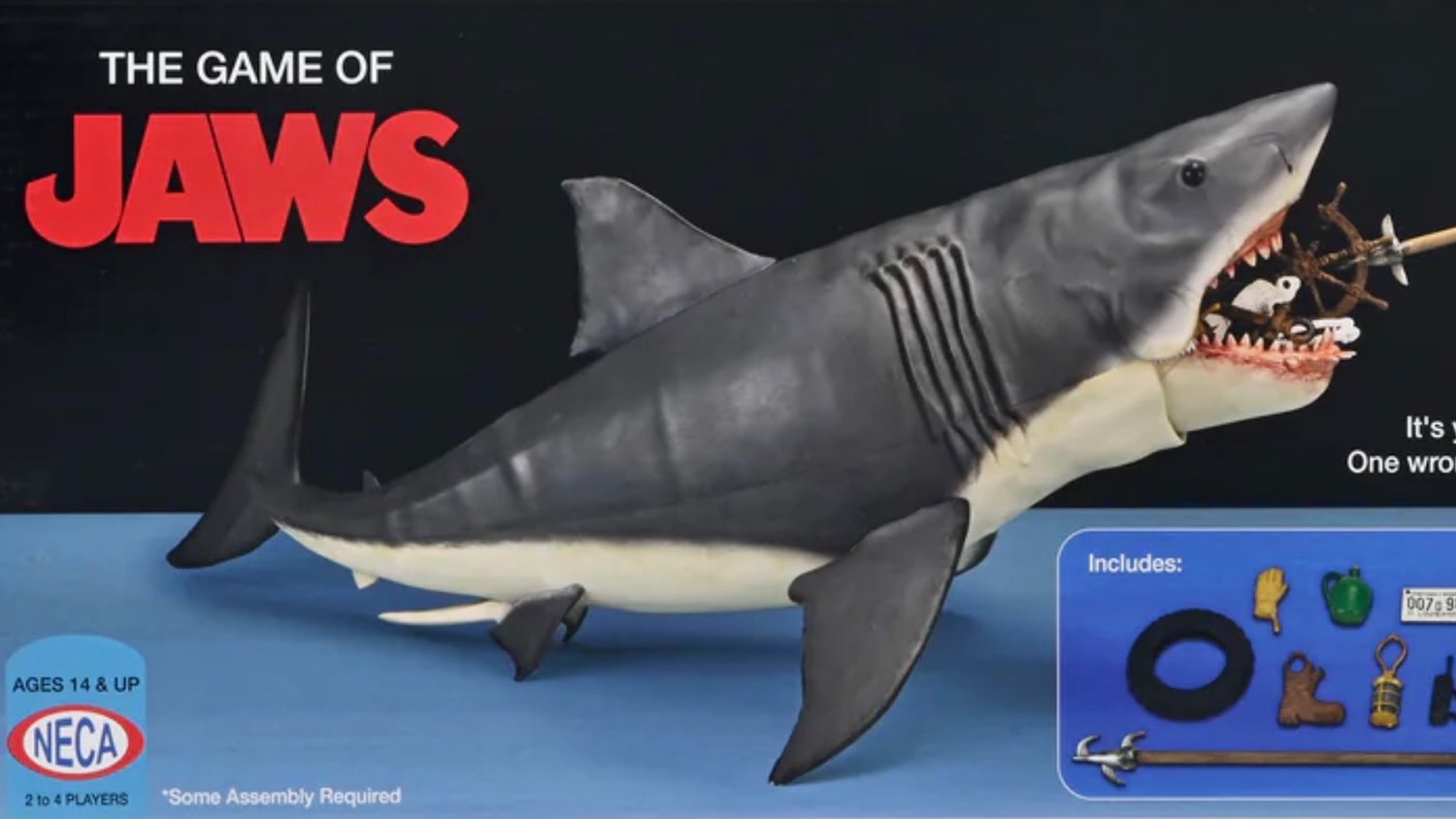

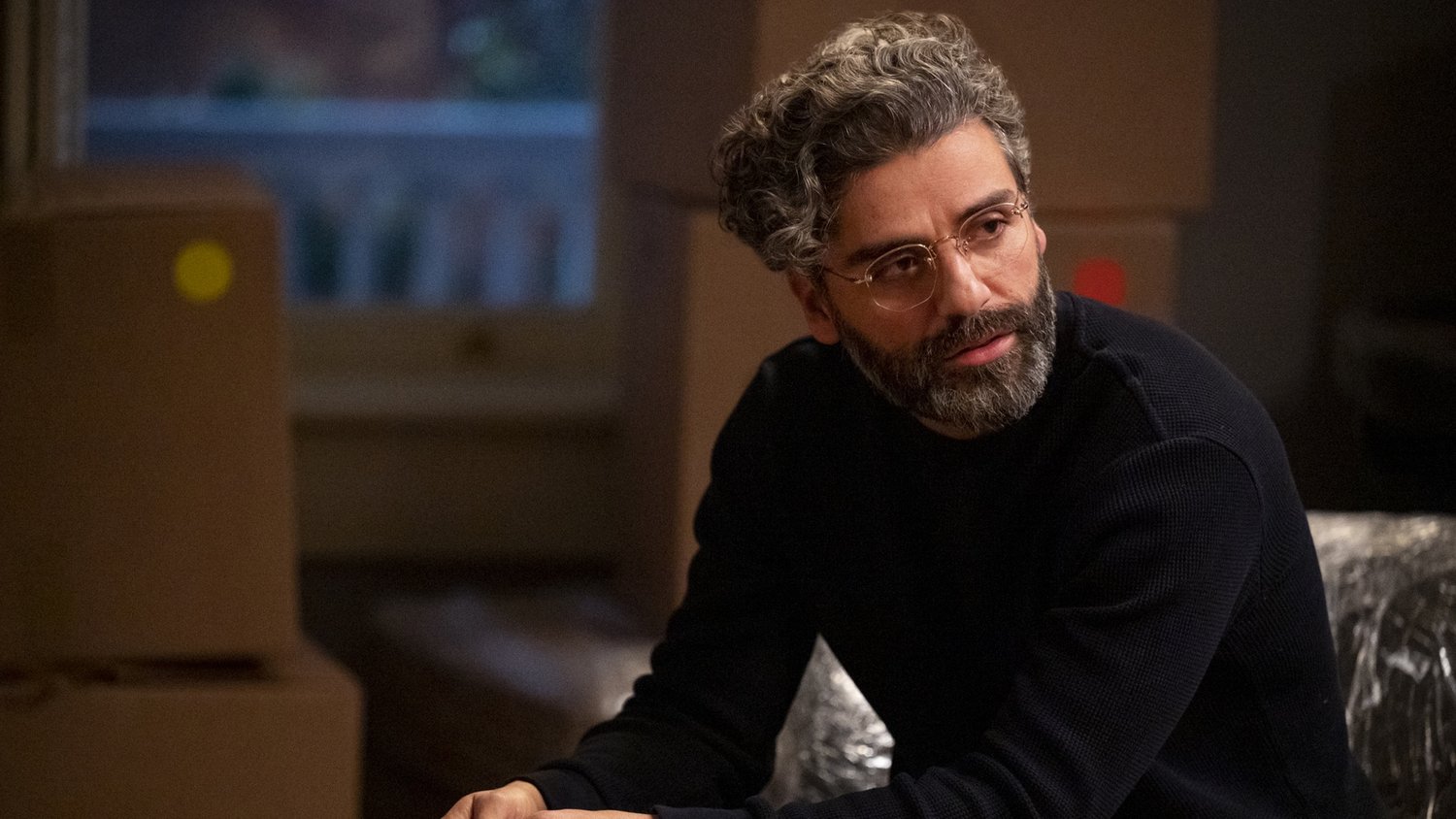






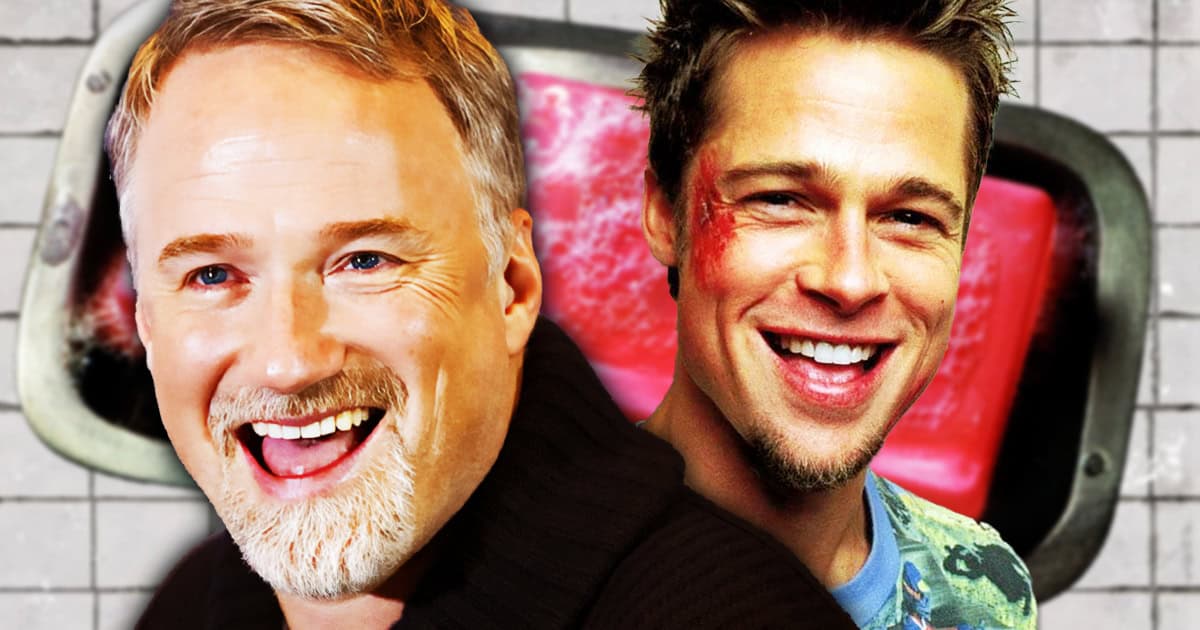



![Time-Tasting Places in 3 Current Releases [THE POWER OF THE DOG, PASSING, NO TIME TO DIE]](https://jonathanrosenbaum.net/wp-content/uploads/2021/11/000thepowerofthedog-1024x576.png)


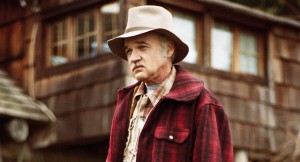



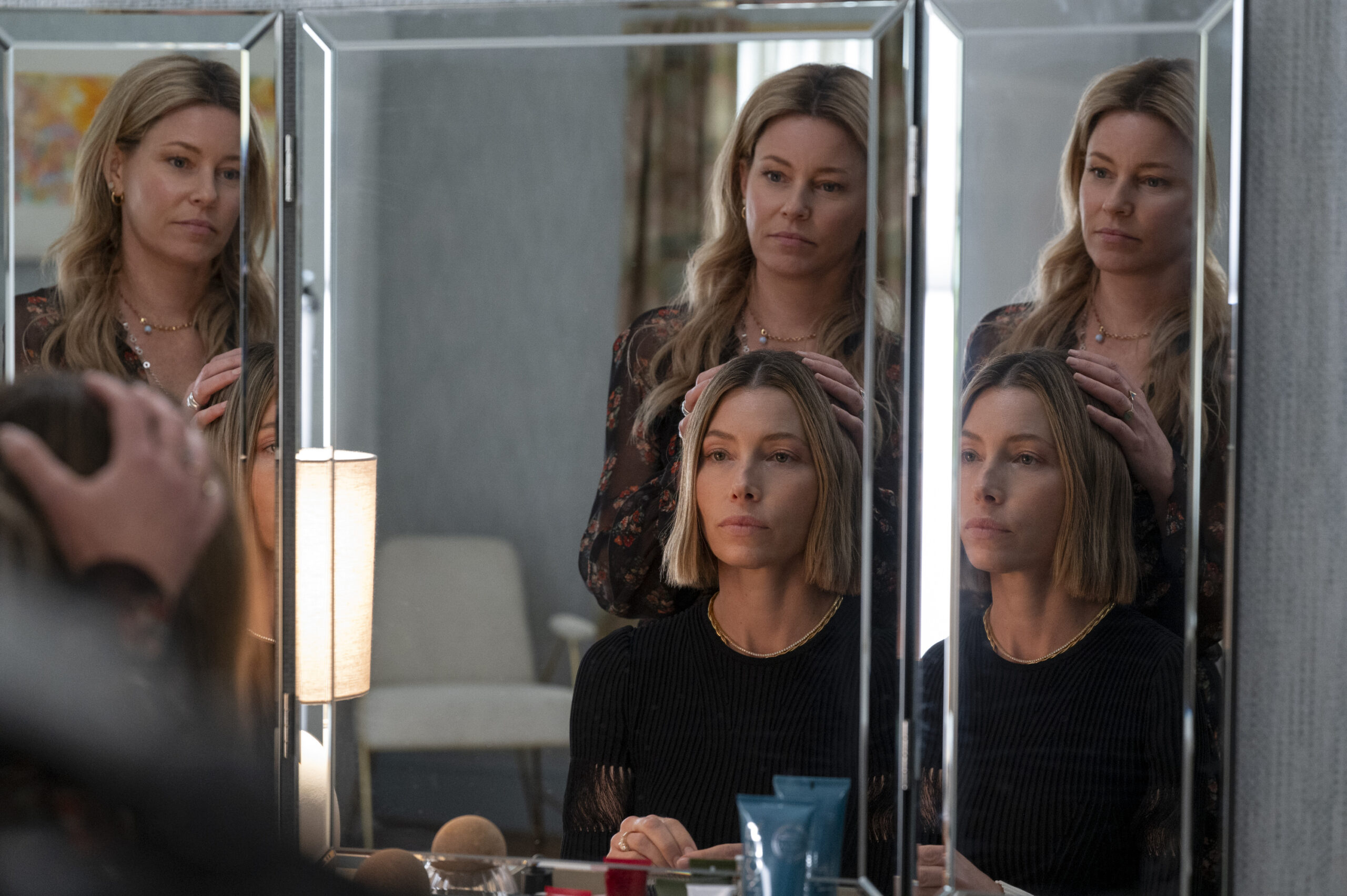































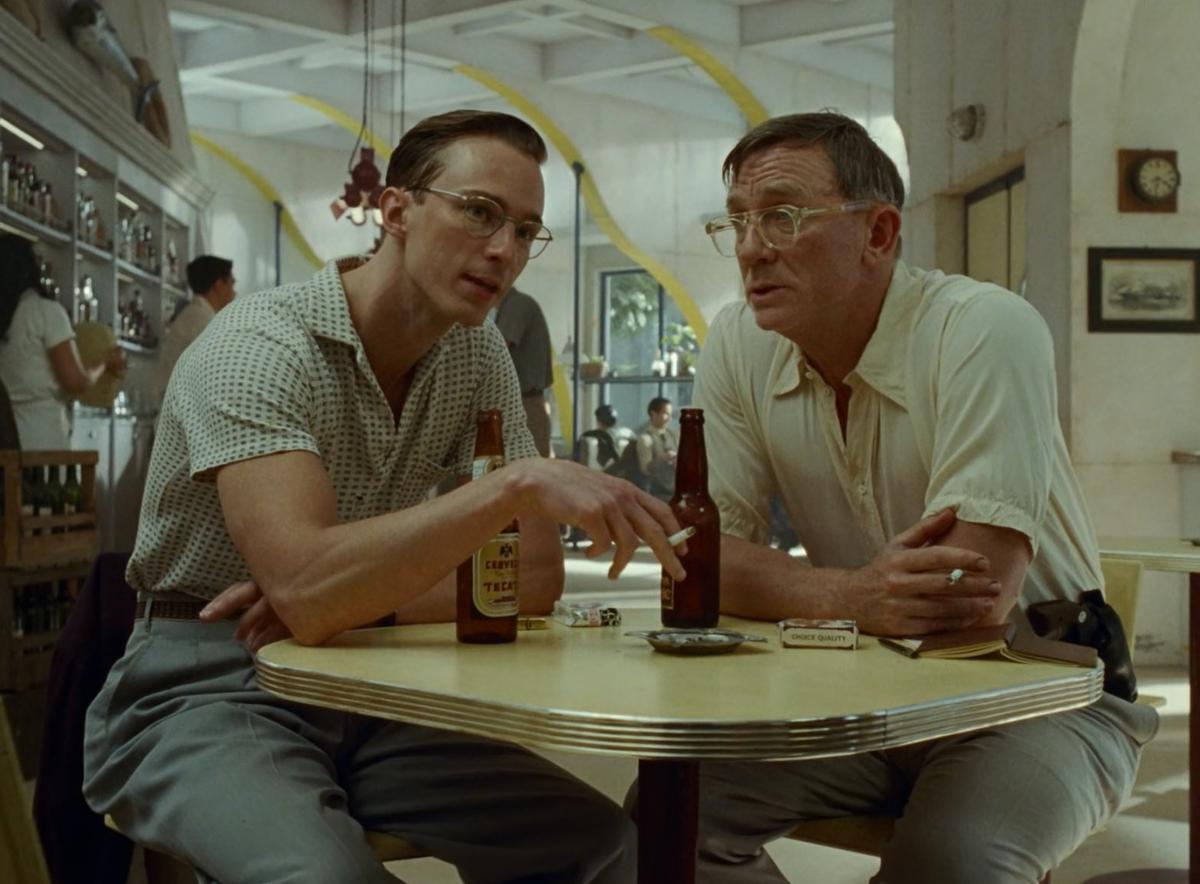




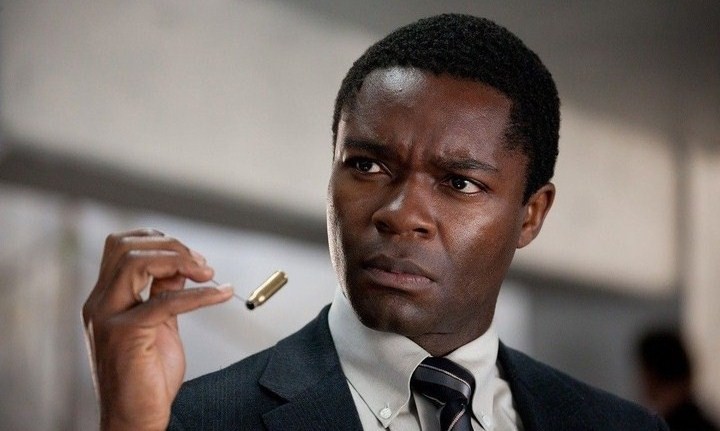

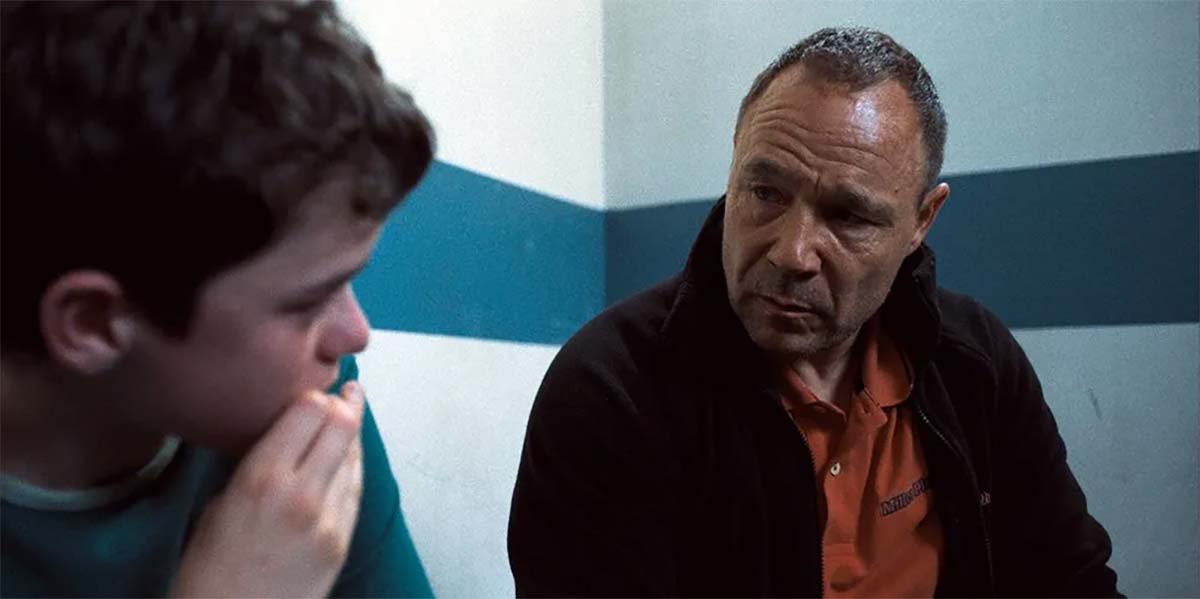
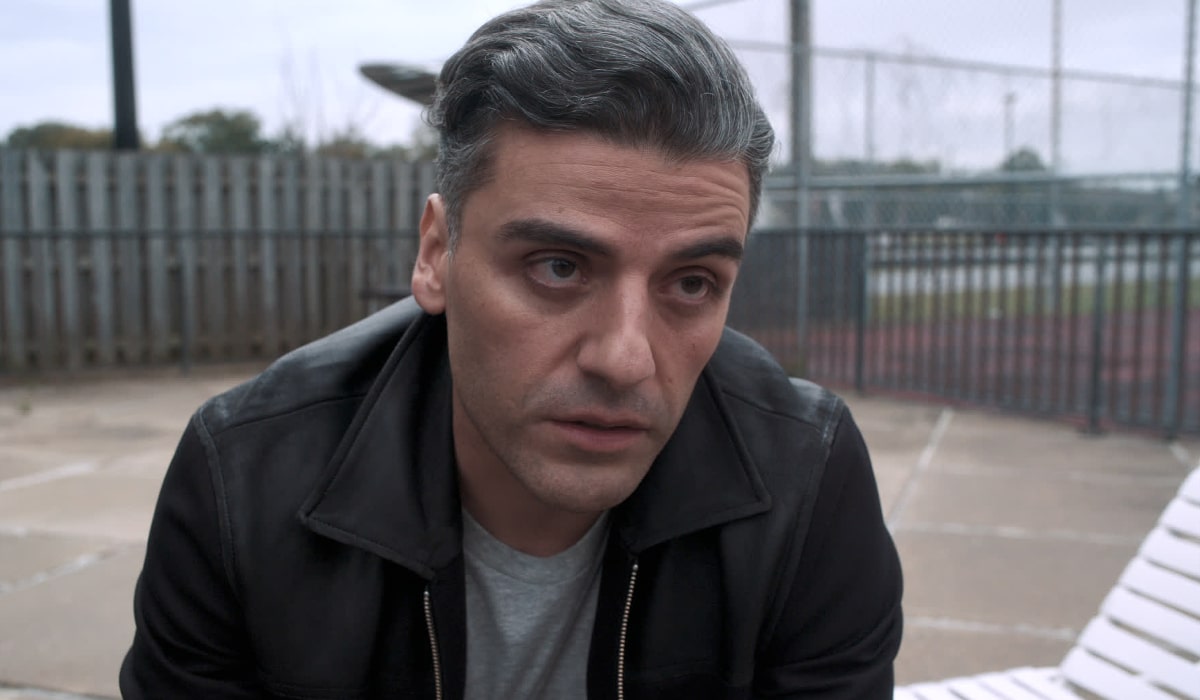



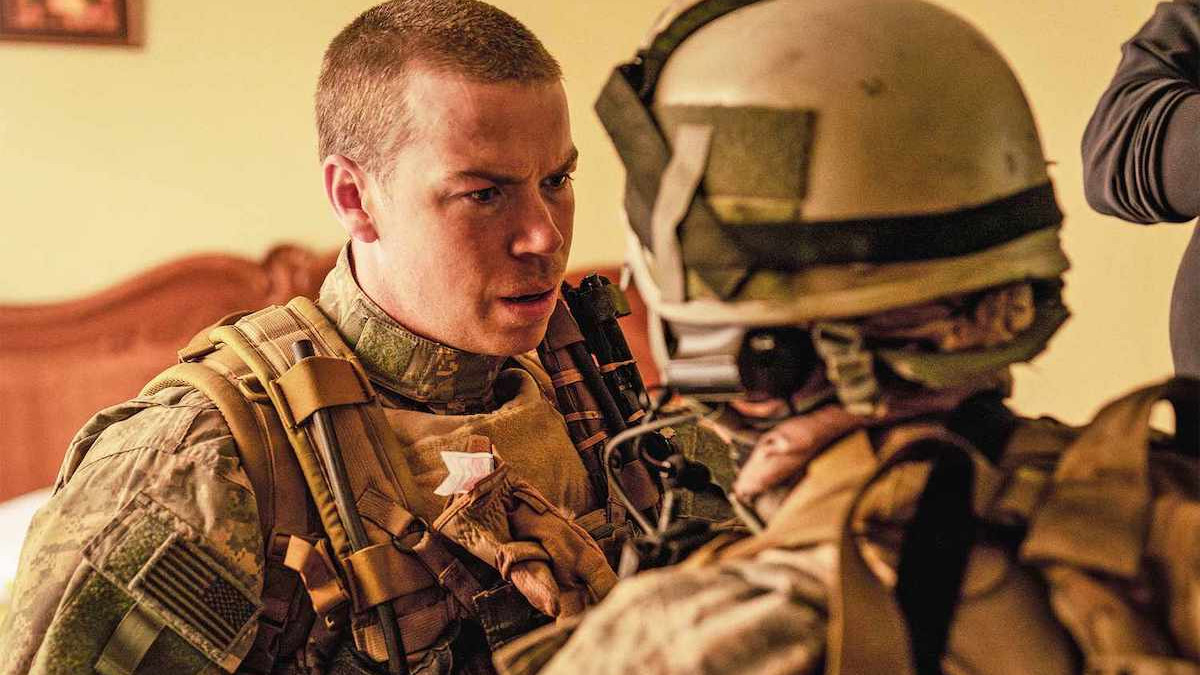

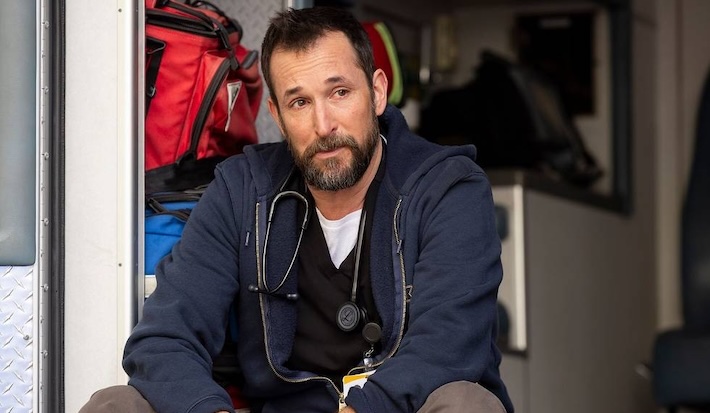






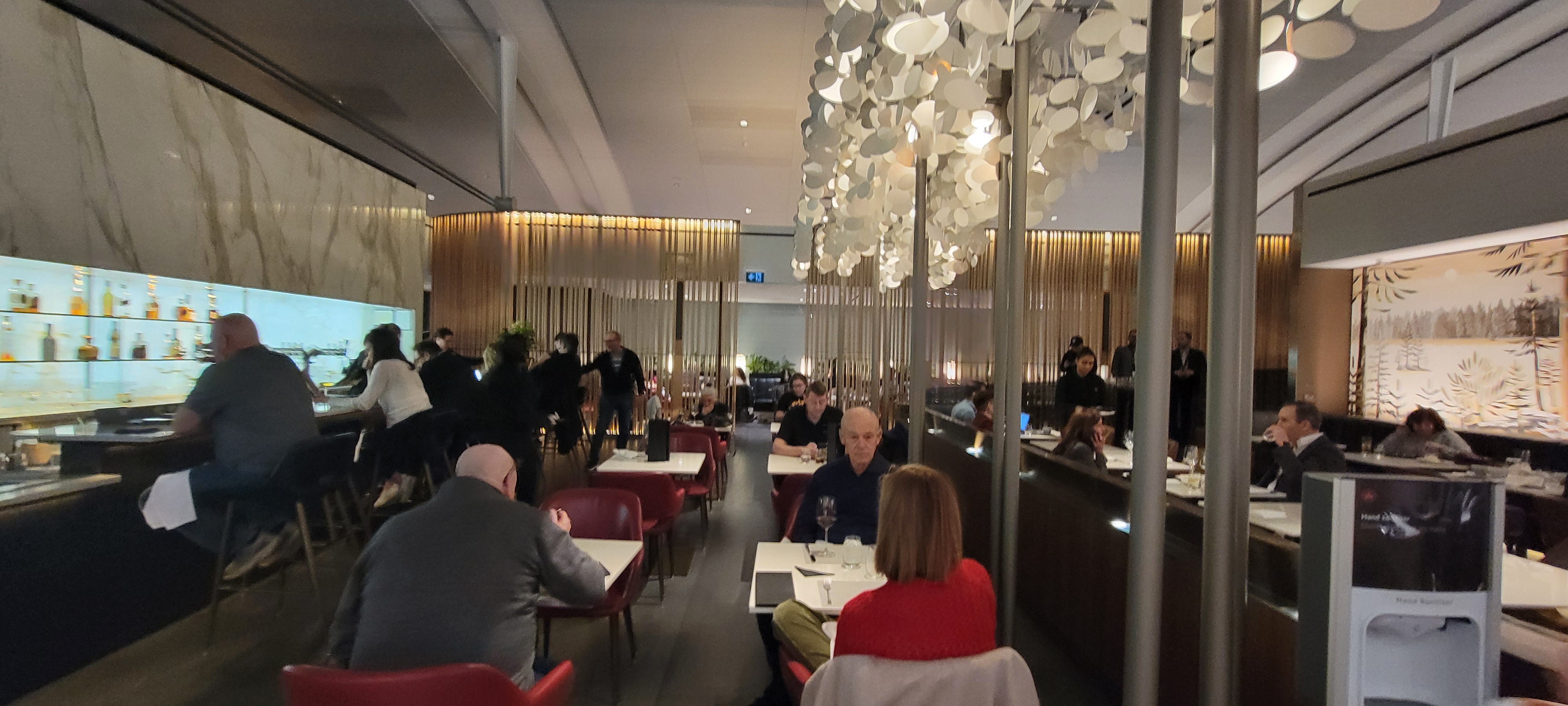




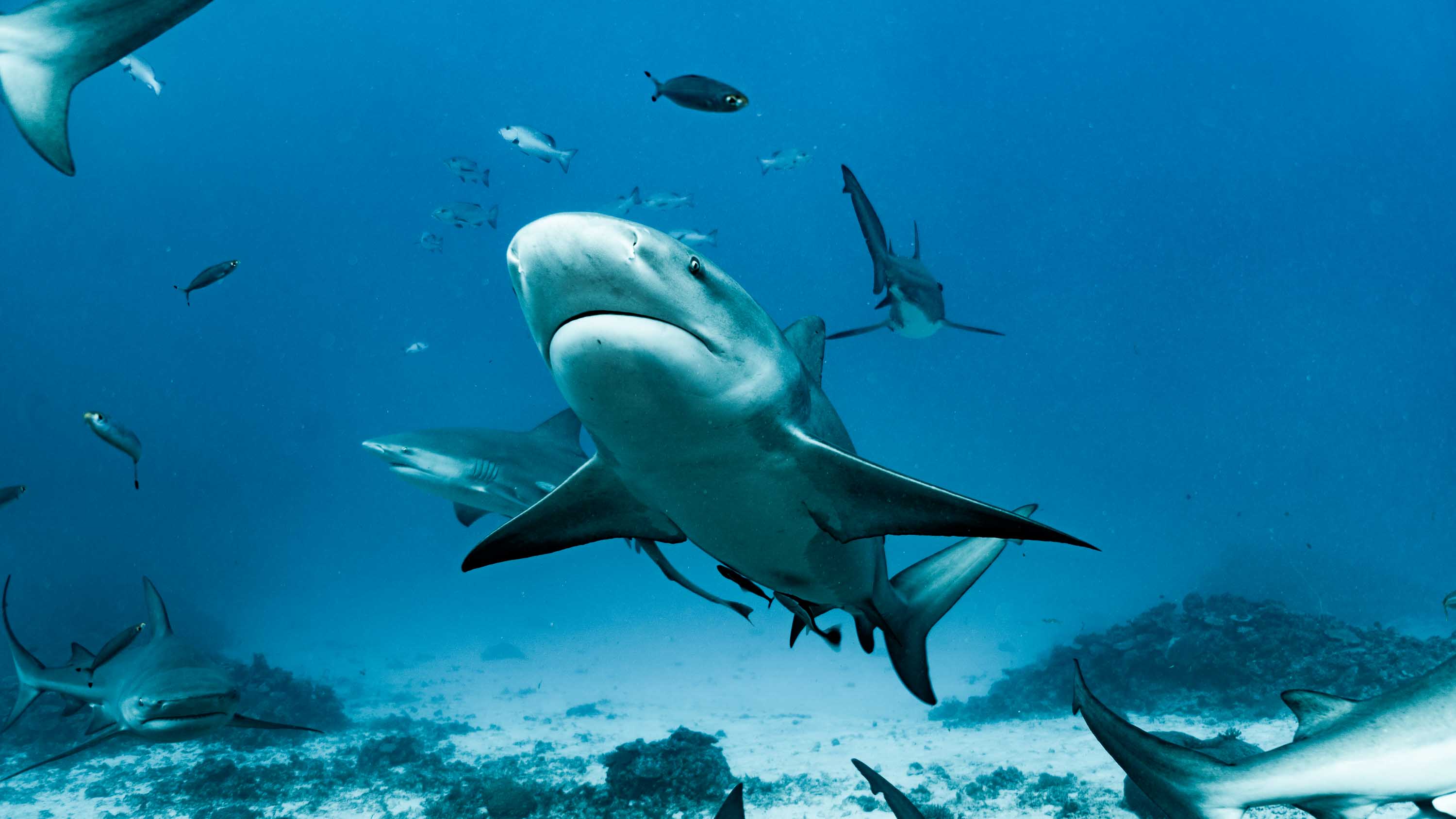

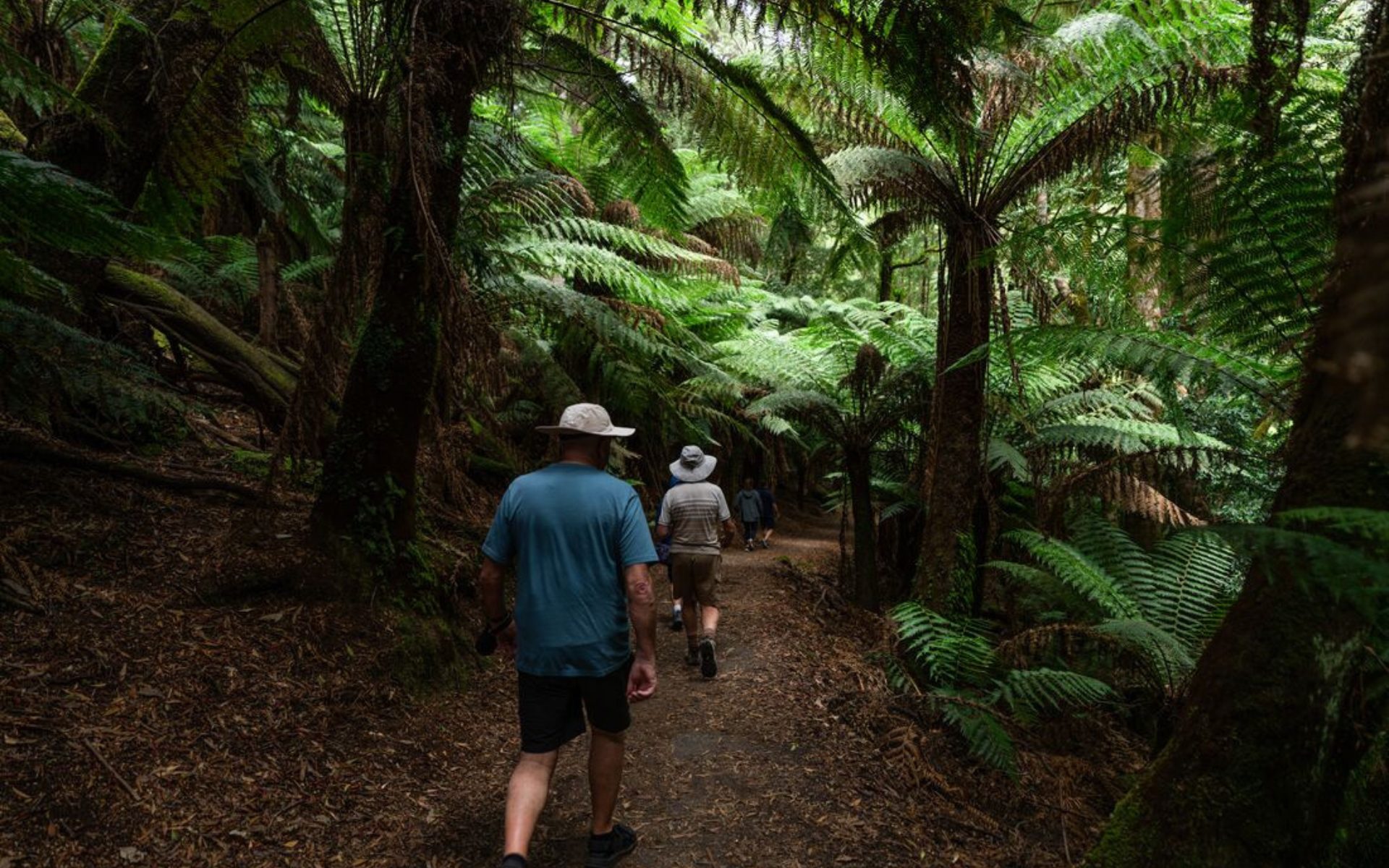




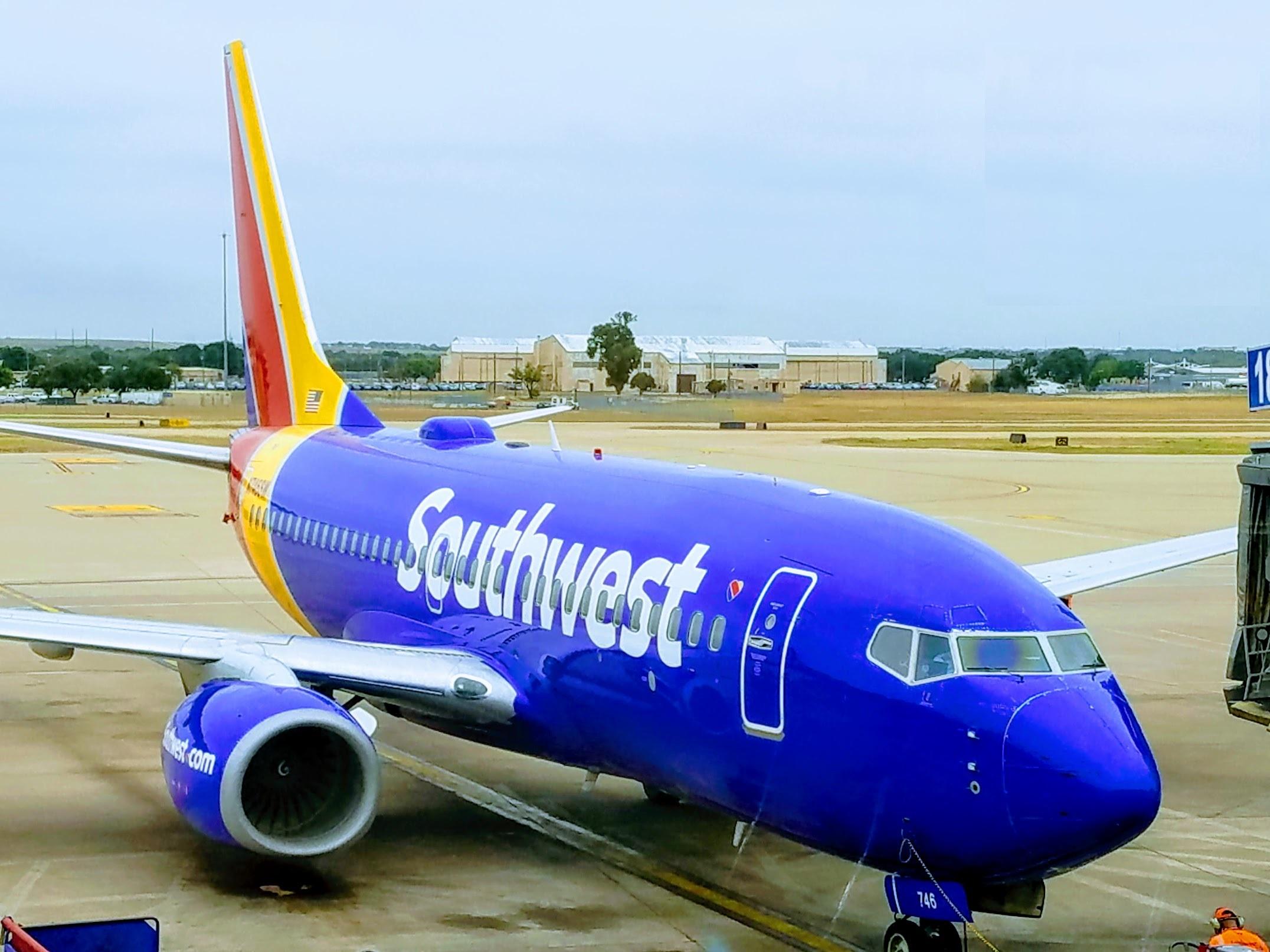
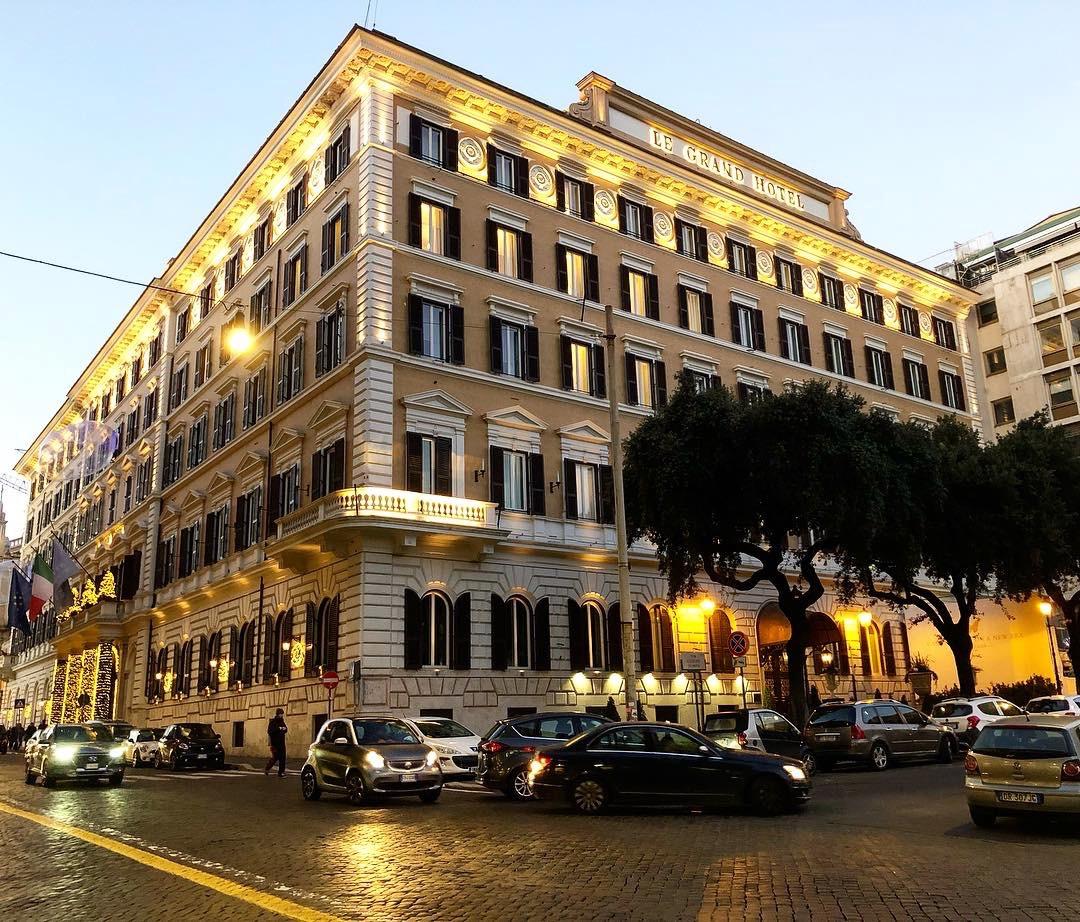

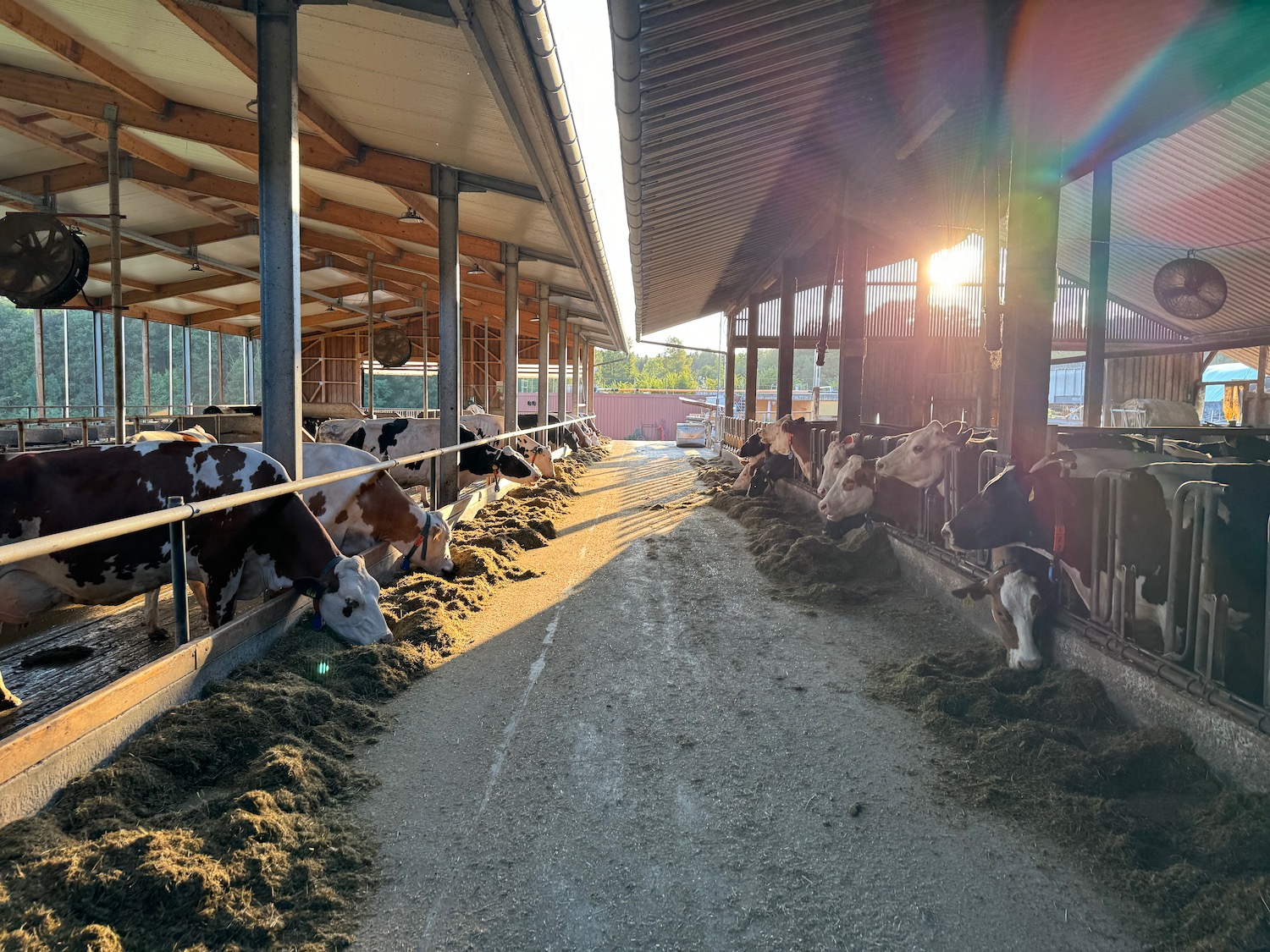





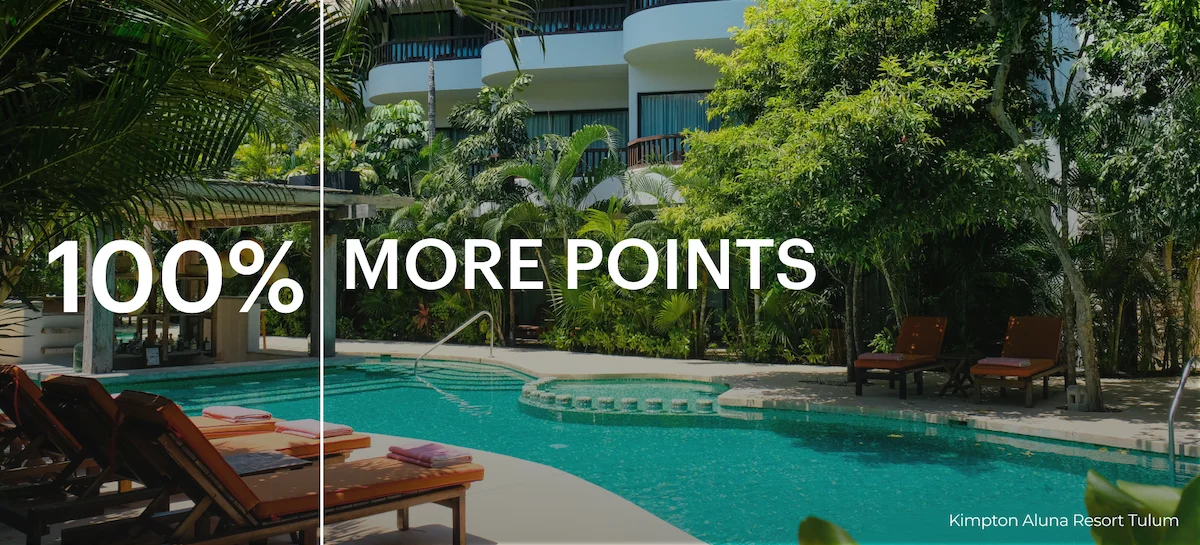

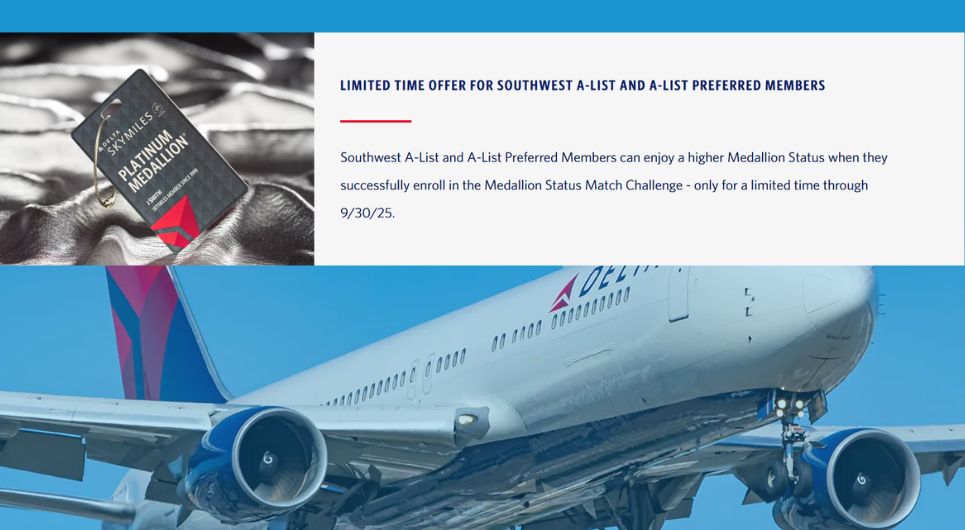
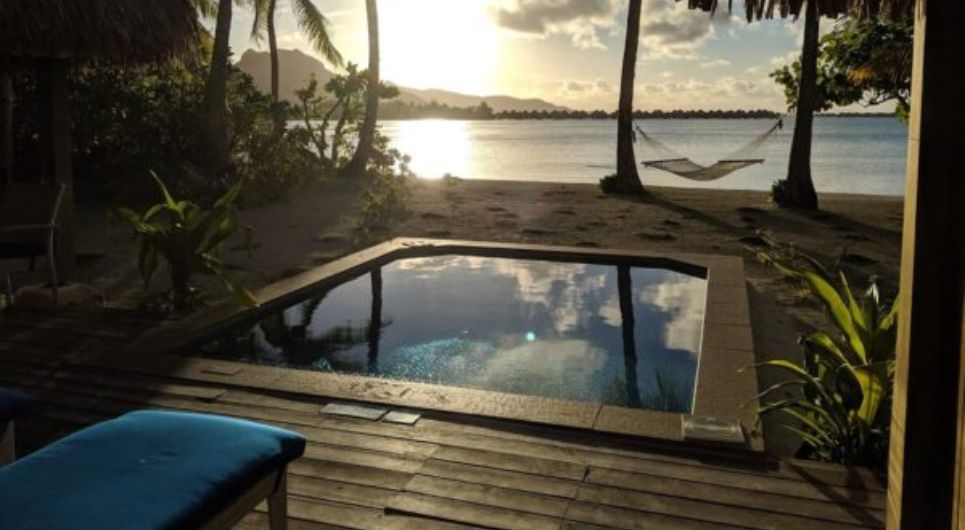




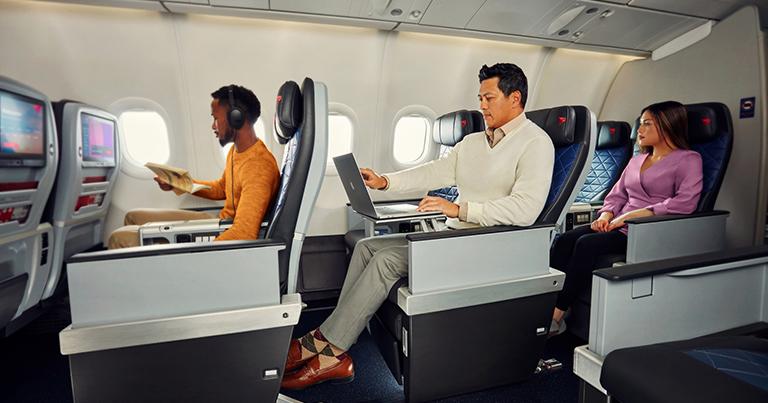
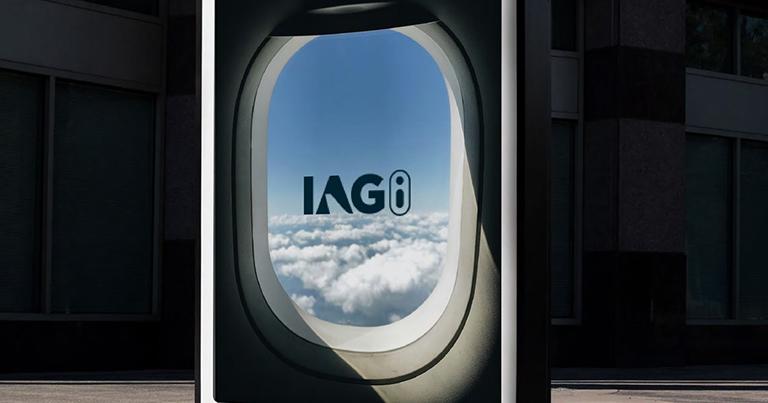
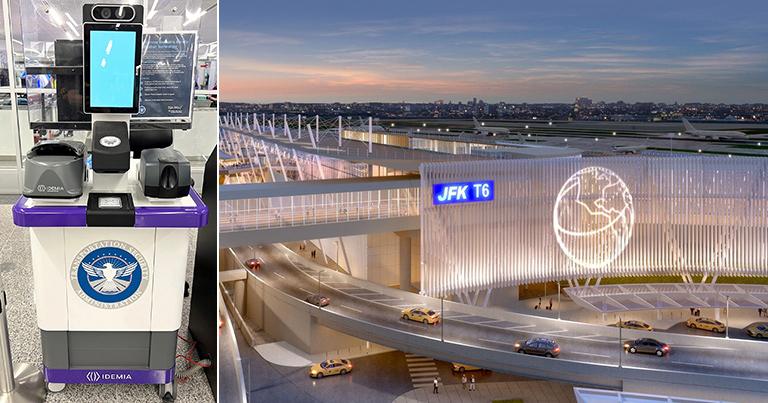


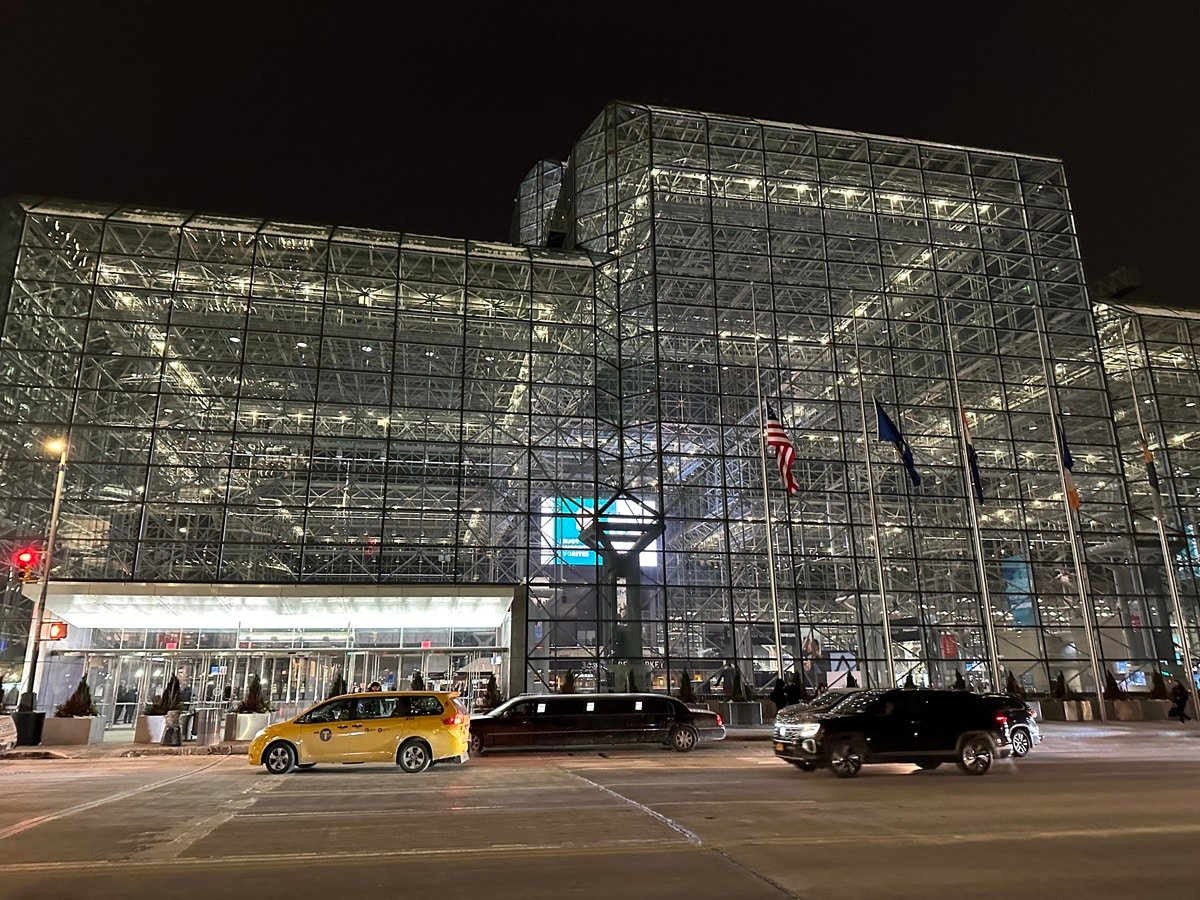
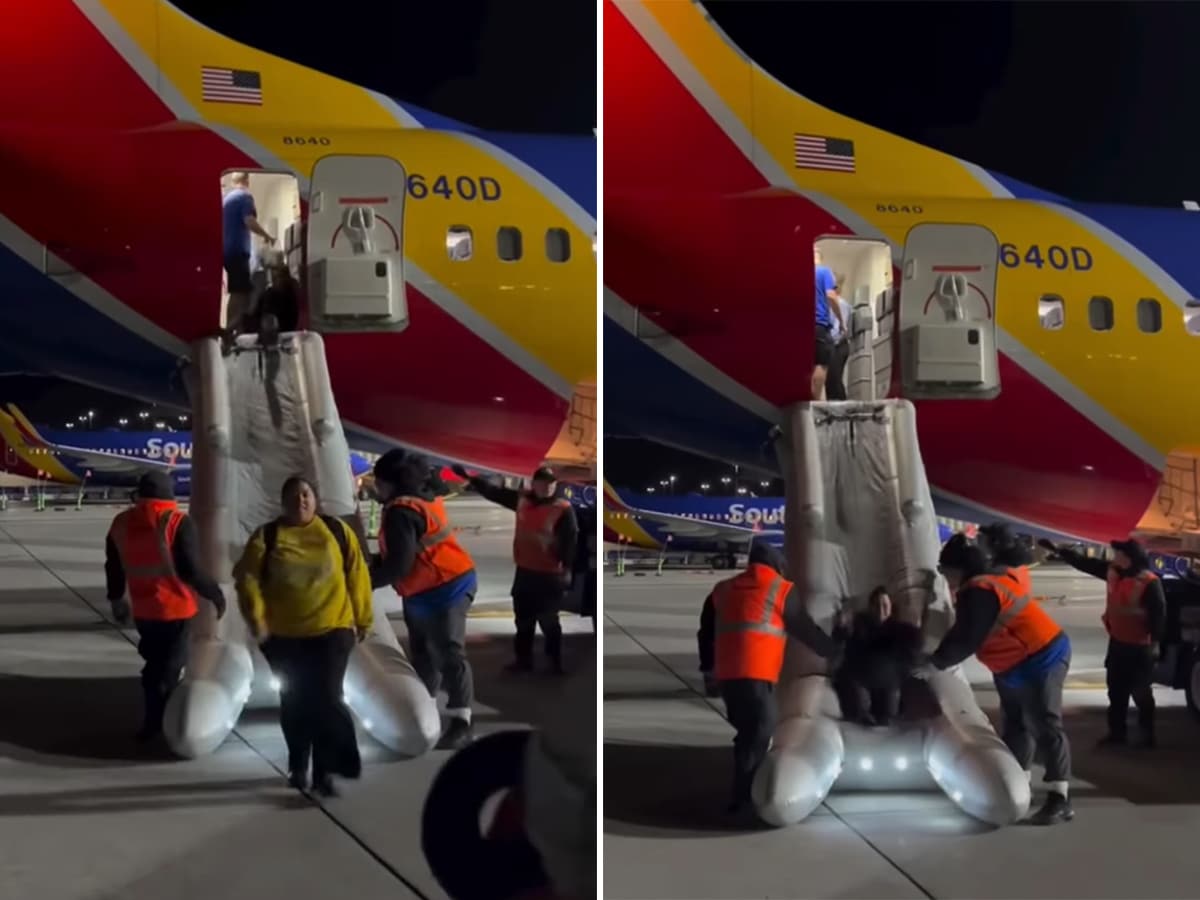
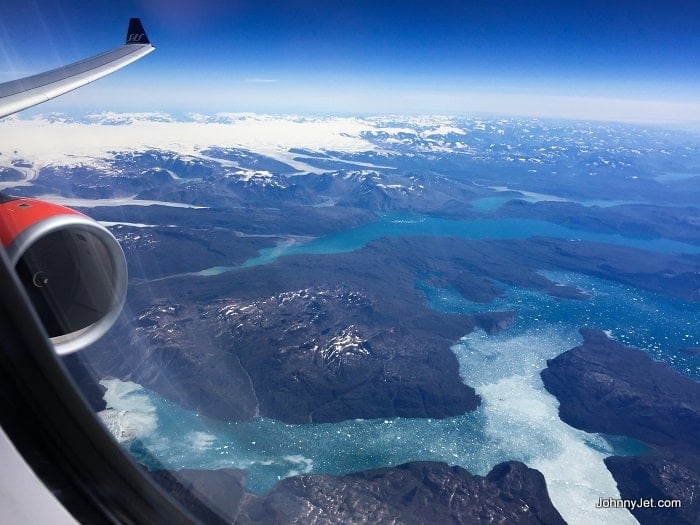


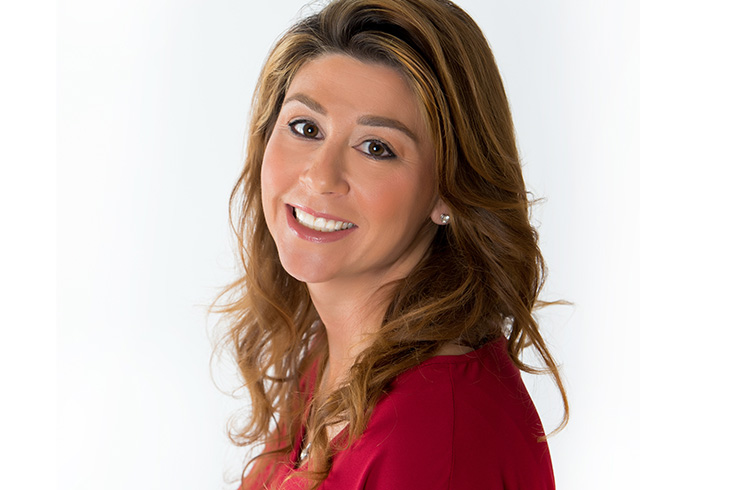
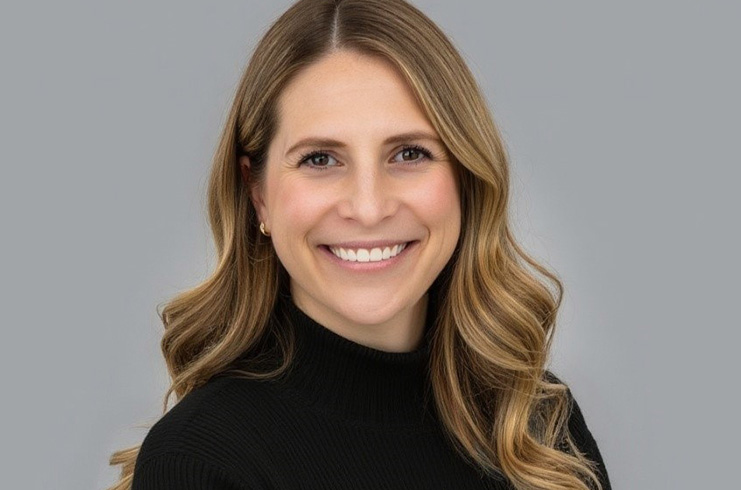



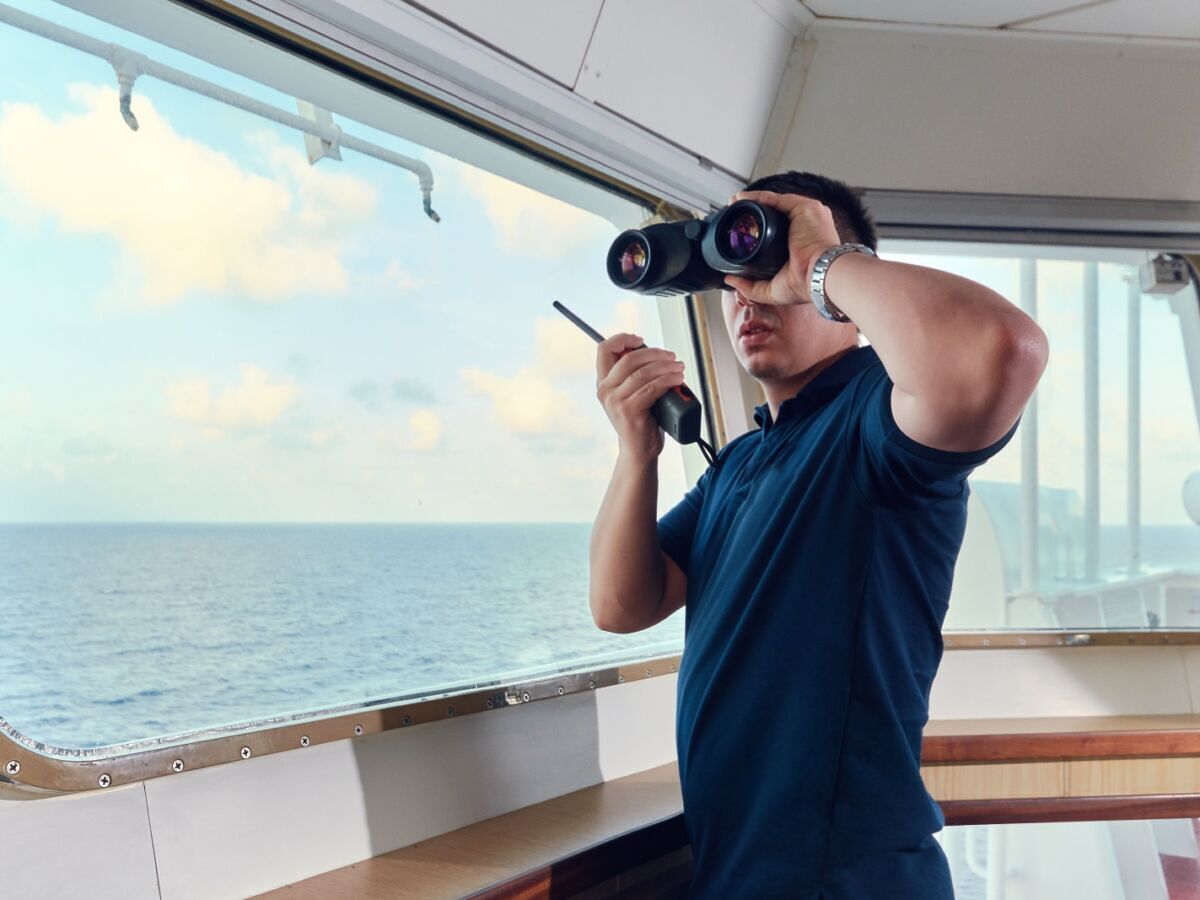






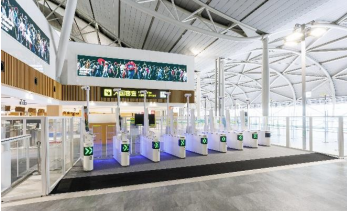
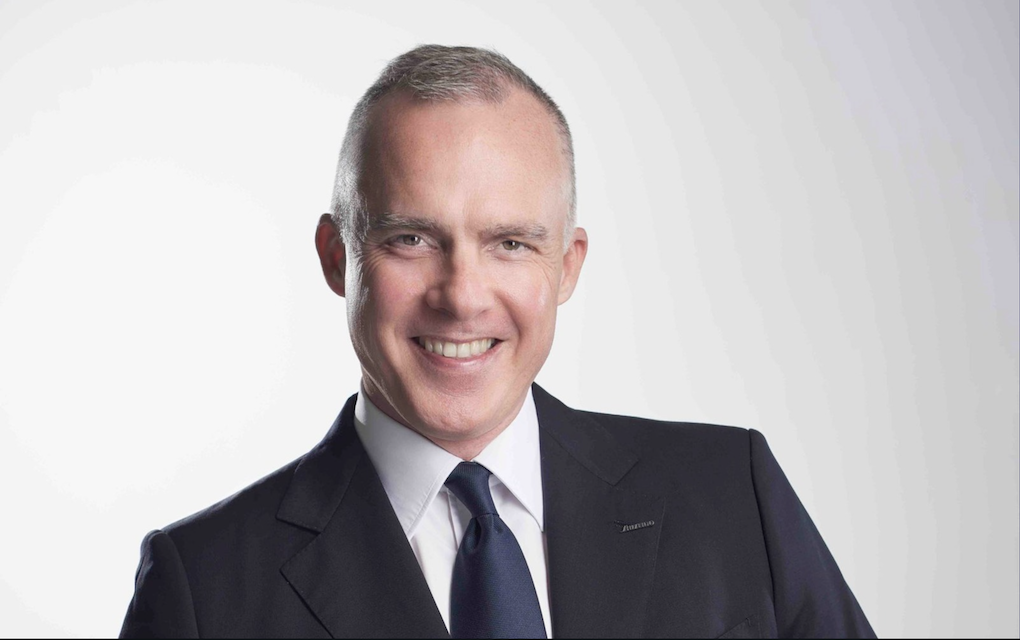






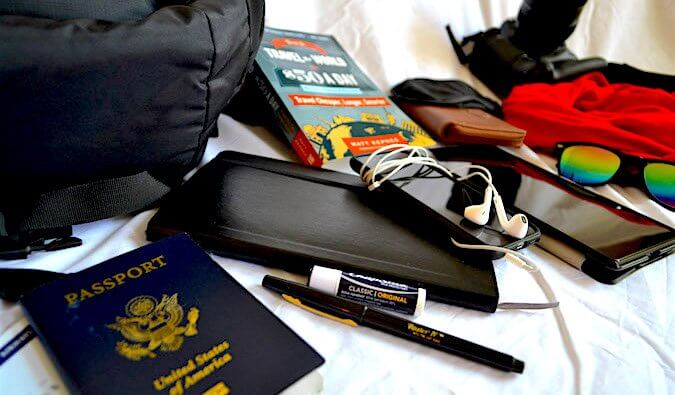












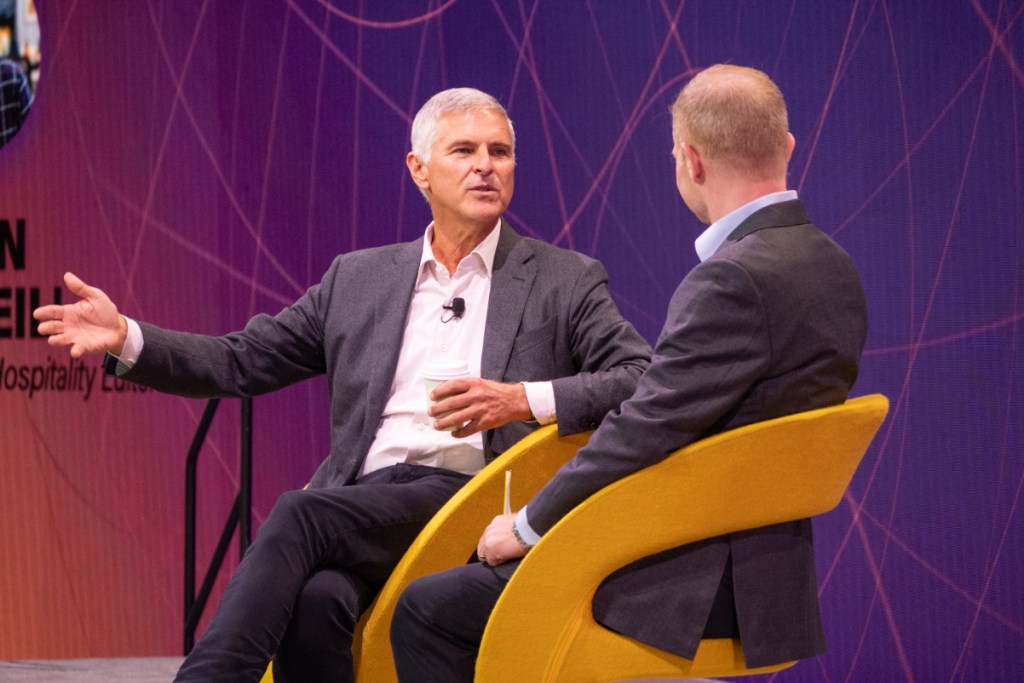

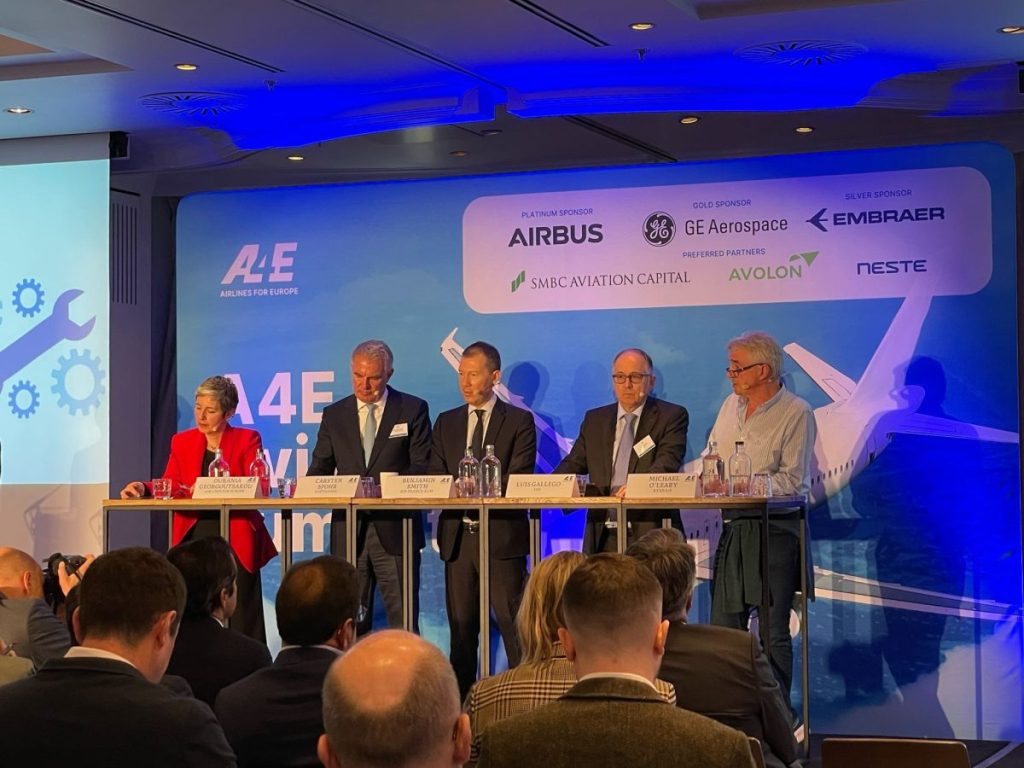
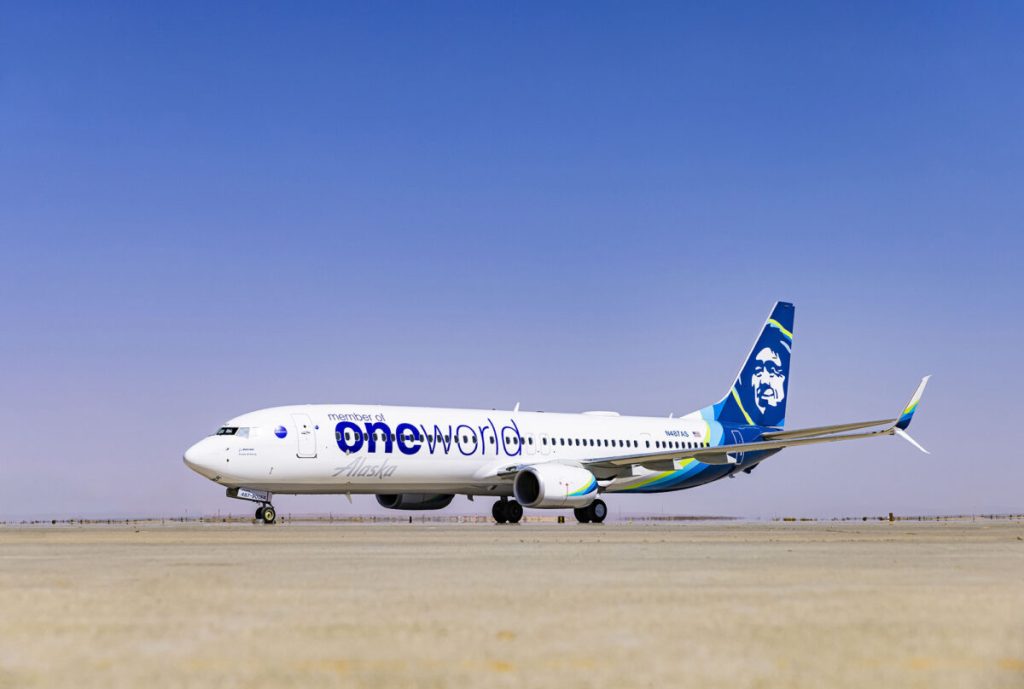





















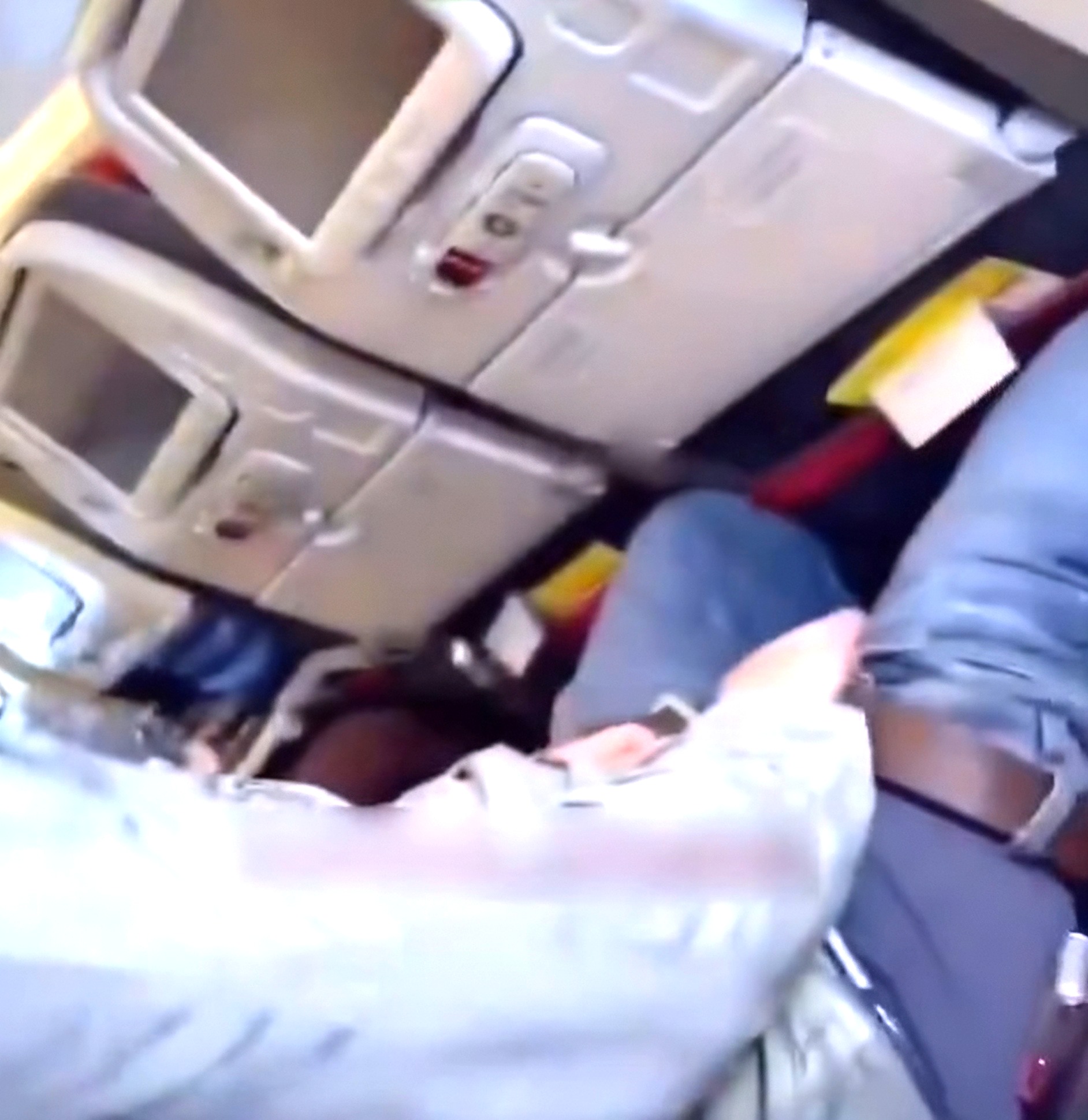
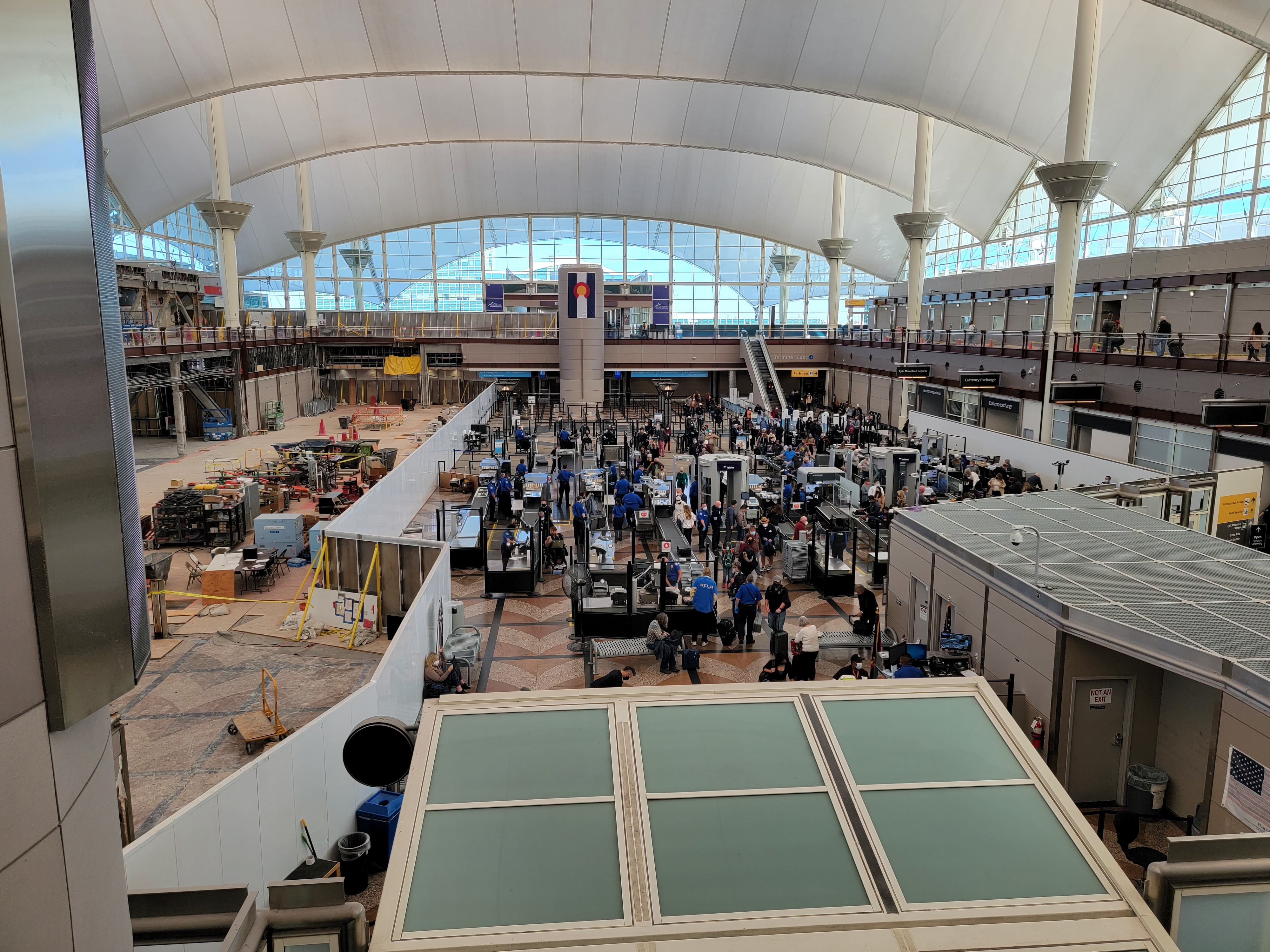








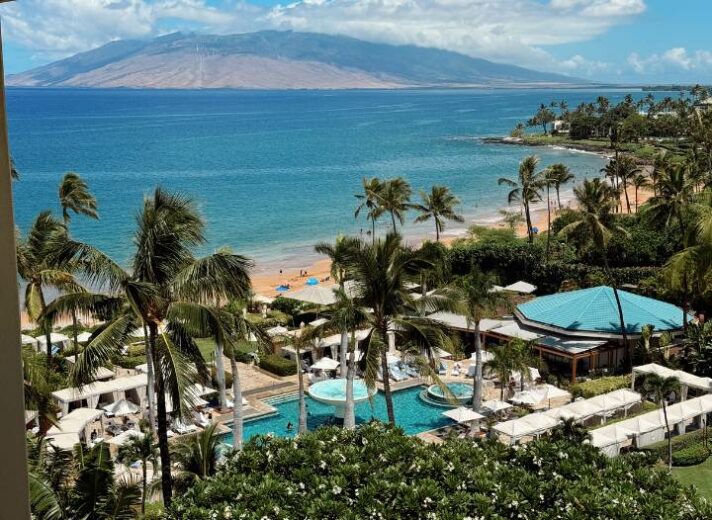

![Mini Review: Rendering Ranger: R2 [Rewind] (Switch) - A Novel Run 'N' Gun/Shooter Hybrid That's Finally Affordable](https://images.nintendolife.com/0e9d68643dde0/large.jpg?#)









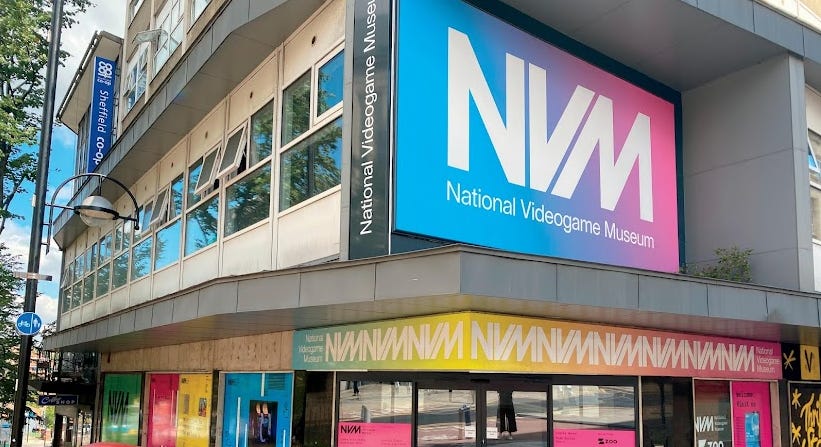







.png?#)















































